
Welcome to Örö !
Please listen to the audio file below to be lured into the island.
You can also jump to the mysterious film roll album.
The Örö archipelago was a military fortress closed to visitors since Finland was part of the Russian Empire. It reopened in 2015. I came for a residency here in March of 2020, during the peak of the COVID-19 pandemic. What brought me to the island was a project on the practice of walking. Due to the emerging constraints of the pandemic, and Ruukku’s call for papers on slowness and silence, I developed an auto-ethnographic practice of slow-writing there.
This practice is informed by my neurodiversity. In this piece, I do not focus on the neurodiversity paradigm. While neurodivergence is indissoluble from my fluid identity, I do not want to restrict my artistic-research to this theme. Nevertheless, as it is a concept often popping up in this diary, it is important to clarify for the reader how it connects to the neoliberal academic/artistic productivism I often criticise in my work.
Neurodiversity refers to the modes of perception on the spectrum of autism. It may also include those who experience ADHD, anxiety disorders and learning disabilities. Neurodiverse body-minds are often stigmatised as lacking empathy, rhetoric and ‘proper’ communication skills, because those attributes are typically understood only when they refer to the proper talkative personality who uses ‘clear’ language. Still, neurodiverse body-minds are not in silence.
As a provocative gesture, I define neurodiversity by negating the normalised body-minds, the neurotypicals. The Institute for the Studies of the Neurologically Typical says: “Neurotypical syndrome is a neurobiological disorder characterised by preoccupation with social concerns, delusions of superiority, and obsession with conformity…Neurotypical individuals often assume that their experience of the world is either the only one, or the only correct one…NT is believed to be genetic in origin. Autopsies have shown the brain of the neurotypical is typically smaller than that of an autistic individual and may have overdeveloped areas related to social behaviour.” (ISNT apud Brownlow, 2010, p. 251)
Jump to the letter(s) of past-futurity.
A Diary on Slowness at Örö
Winter, 1923 — The cracks in the wall expose previous iterations of the residency building. The external layer of paint covering the apartments is falling apart. The walls were protected by newspaper glued to them. A glimpse of past futurity emerges—December 16, 1923. The Hufvudstadsbladet is the most circulated Swedish-Finn newspaper. A new line of ferries between Turku and Stockholm is planned for 1924.
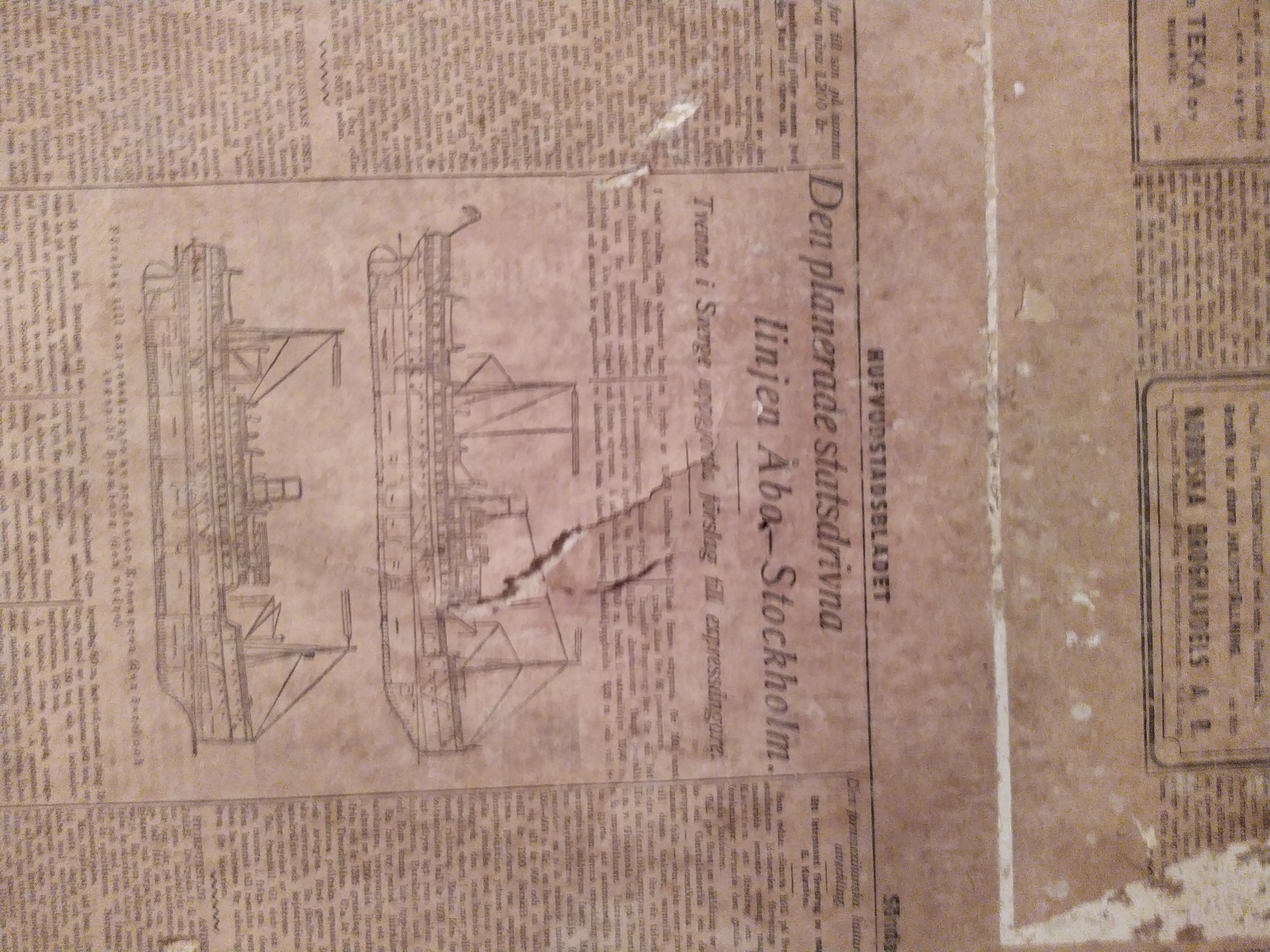
Click Read the news.
Day 0— I sat on a sofa in the Kasnäs harbour hotel. Kasnäs is a village in southern Finland, part of the Hitis archipelago, and the shortest route to Örö starts there. I opened my laptop and investigated papers on Slow scholarship (Ulmer, 2017). The capitalisation of ‘slow’ matters. The ‘slow’ movements “involve issues of knowing across time (such as slow scholarship, slow research, and slow science). In comparison, “Slow” movements involve issues of being across time” (Ulmer, 2017, p. 201). Slowness refers to shifting the parameters and velocities of a work’s creative process. It questions how we perceive and define our habitats through now-universal onto-epistemological points-of-view. The research’s craftsmanship is embedded by modes of existence that live and are slow. According to Ulmer, Slowness involves “a state of being in which scholars choose to live writing and research through locality, materiality and artisan craft” (2017, p. 201).
One month to write a diary challenges everything I know about slowness. Perhaps not about Slowness, as it refers to the temporalities in the making and the atunement to non-human rhythms. I wondered how neurotypicality defines the concept of slowness and the measure of time, which is restricted to ever-expanding working hours and the circadian rhythm.
Back to Kasnäs hotel, after swimming, I sat on the same sofa. Kids were playing with a totem that looks like a laundry machine equipped with a touch screen showing old school Flash-animated cartoons. Thinking about next day logistics, I was anxious to find the right harbour. There is only one harbour in Kasnäs. To the right of the hotel, small boats dock. On the left, in front of a salmon farm, the ferries are docked. The ship that goes to Örö is MS Stella, a ferry that every day brings six children to school from Vanö, a village with twenty inhabitants. I hoped they would not forget me. I called them two days before. I was still worried about my luggage falling into the sea as soon as I walked through the docks, stumbling on the ramp. I bought a Coca Cola to chat with the receptionist. I asked again about the ferry, to reassure I was going to the right place.
| Letter(s) from a Past-futurity
Day 55 of social isolation Dear reader, At Örö, I observed to which temporalities I could attune while crafting artistic-research, and what modalities of expression I could develop there beyond words. The encounters with the non-human materialities of the island triggered my curiosity towards a conceptual exploration of slowness while working with several methods of registering. As Jasmine Ulmer (2018, p. 02) says, “Slow writing can be pictured. It can be felt. It can be made. It can happen when people produce photos and wonder how the psychology of visual environments affects the various forms of life therein (including their own)”. In an auto-ethnography (Ellis, 2004), the narrative of the lived experience is articulated to a critique of societal organisations, the documentation has a leading role. This diary emerged from the data I gathered in the form of audio and video recordings, written notes and photography—analogue and digital. This piece gathers inspiration from the auto-ethnographic methodologies. While I was living on the island, I had obligations related to my current—and future—academic job: writing grant applications, papers, contacting strategic partners. The routine on the island helped me to critically observe these issues, discussing the temporalities of these tasks and how their malleability in times of the COVID-19 pandemic enact ableist circumstances – day 12. Staying isolated on an island having all its terrain available for exploration while most of my friends in Helsinki were at home put me in a privileged position of not experiencing how pandemics affects work in the same way. My research questions are enabling constraints: they are influenced by the contingency of the encounters I had in the island. They include: thinking auto-ethnographically, how can attuning to non-human slow temporalities undo the normative routine of an artist-researcher? In this diary, concepts perform as conceptual personæ: they emerge as I bump into them, in the event of meeting with human or non-human, living or non-living artefacts on the island. They also emerge when I performed a systematic bibliographic review of slowness and the neoliberal academic realm. The piece is charged with personal details. While walking in the island, I imagined myself in an open-world videogame like Firewatch, where the player is a recently widowed forest ranger living in a lighthouse. The player can freely walk on the forest and bump into things that lead to multiple narrative entanglements—objects are traces from past events and clues for investigations. There are missions to be accomplished, but the player is not obliged to follow them to appreciate the walks in the forest. The anecdotallity of the appearance of the concepts reflect their unequal distribution across the document. They are “reflection-in-action, indicating a process in which practitioners encounter an unusual situation and have to take a different course of action from that which they usually do or have originally planned” (Schön, 1991 apud Mäkelä; Nimkulrat, 2011, p. 02). As Rose Braidotti (2019) poses, essays become assemblages of multiple voices, expressed in different modes—audio, video, text notes. Documentation becomes indissoluble from the results. The autoethnographic account of my experience trying to work in a different temporality—was restrained due to the material conditions on the island. Attuning to a new temporality in the making transduced in experiments with non-circadian models of measuring time, enacted by the materialities that compose the isle’s environment: kelp—7, 3, moss—3, 5, 18 and rocks; but also, the materiality of the film camera, the microplastics carried by my body to be decomposed during many human lifetimes, and the toughness of the rocky Russian Empire constructions still erect at Örö. I highlighted the temporality of the island’s growing process 18, propelled by human interference. The chronopolitics 24, 25 that modulate this body is also part of this multimodal reflection on slowness and silence. One may argue that silence was impossible on the island due to the constant radar sound 28. Since 2005, I experience tinnitus in my right ear—I cannot undergo complete silence, not even submerged in a sensory deprivation tank. However, as some researchers with tinnitus experience have discussed, one goes through habituating to this permanent condition. Some therapies, like TRT (tinnitus retraining therapy), focus on this habituation: “The tinnitus neural signal must be “reclassified” to the status of a meaningless auditory signal such as the continuous sound from an air conditioning vent, computer/electric fan, or refrigerator. Sound is thus used to train the brain to listen in specific ways, however it is a mode of listening which seeks to surpass any habitual ways of deducing meaning from what is heard. This kind of listening forms a mode of sound perception which does not focus particular attention to what is being heard and, as such, it is a listening mode that reflects an ideal of hearing.” (Boss, 2018, p. 113) I do not focus on this aspect of silence in this piece. I understand the silence as not speaking to a human being during the island residency, a practice later extended due to the social isolation. The routine on the island helped me to open myself to the eventfulness of that particular ecology. Slow research is eventful—its pace does not predetermine a particular outcome. While crafting this piece, though, I was not freed from my obligations as a researcher who needs to fulfil the ideal of an able, productive, and talkative body-mind; that is recognisable in the text when I formulate critiques of the ableist academic socialities. Is research not about crafting new concepts that machinate new modes of sociality? Artistic Research must become a site of resistance where conceptual apparatuses take slower times, even haunted by the processes of standardisation and benchmarking journal evaluations. The autistic artist-researcher Dawn-Joy Leong maintains that artistic research requires “actively synergetic, symbiotic sensory and cognitive engagement, the interaction and inter-reaction of the bodily senses with theoretical, philosophical insight and invention” (2012, p. 01). It means the traces from the experiential event are perceived through a multi-sensory observation, and they can be transduced into pieces distributed in multi-sensorial formats—writings, video, photography or audio recordings. The Research-Catalogue is as close to ideal a platform for disseminating these multimodal registerings. The Research Catalogue offers two kinds of exposition, a graphical, which provides more malleability of textual and non-textual objects in a page, and a text-based one. This piece is composed in a text-based environment, because it is responsive to different web browsers (Döbereiner, 2019), preserving proportions, and readable by accessibility tools. You, the reader, are already in-the-middle, but it is never too late to mention that you do not need to read the diary in any given order. |
|---|
Day 1 — I arrived on the island, and my luggage did not fall into the sea. I landed in the Northern harbour. The service staff gave me a van lift to Ores Residency, on the south.
I decided to bring only one book, The Ahuman Manifesto, by Patricia MacCormack (2020), but could not start reading it until now. The waves in front of my window make my body-mind restless, and I could not focus.
I went for a walk and am now back at home. I opened Ulmer’s text (2017). She says: “Slow Writing and nature support (though do not necessitate) the other, as writing within material environments and with natural materials provide potential modalities through which to Slow” (p. 262). She then lists five modalities of writing regarding nature:Writing on/with/through/in nature. By nature, she does not mean the concept of nature resulting from the onto-epistemological divide nature/culture, but as nature-cultures (Haraway, 2008). “A Slow Ontology might be localised and crafted within our own environments, particularly by writing our local landscapes,” she says (Ulmer, 2017, p. 204).
For the first time, I used a film roll that somebody I met on Tinder gave me. It is a Russian film from 1996, made of negatives scraps, and it reaches only 64 ISO of light sensitivity—I can only photograph under abundant daylight. The age of the roll, combined with the lack of proper storage and the low sensitivity, trigger two responses within me: 1) I wanted to take as many pictures as soon as I can. I was not sure that this film would give me any image; my time on the island is limited. I could have opened a brand-new roll adequately stored in the fridge. 2) Expired film rolls produce eerie and unexpected effects in the images. I needed to carefully choose what to capture since I only have 36 exposures, and this roll is unique. Buying expired film on eBay is easy, but each of them has its particularities due to exposition to different environments.

Day 2 — First long walk on the island. I felt lost, which seems unlikely as the island is small. I walked straight from the apartment, not taking any preestablished path. The apartment lies in front of the radar tower by the beach, which produces a beautiful sound. It is repetitive, and it lulls me. The construction was built in the early seventies as a panopticon to watch Estonians who were fleeing from the USSR by boats. It is still active, and occasionally there are military exercises in Örö. On the opposite side of the island, I taught my ears to find the pitch again. It was embracing to hear it again when I was lost!
I took five pictures on the mysterious film roll. I looked for a place where I felt comfortably embraced by the softness of the feather moss carpets covering the island. It was disappointing: I touched some of them with my hands, and they did not feel so soft, but they were soft enough for my butt. Back home, on the bed, I reopened Patricia’s book. I read the chapter where she discusses Occulture as a mode of knowledge. I remember I used to draw sigils, symbolic representations of desires. Maybe it was time to experiment with them on the island?
Day 3 — It snowed in the night. I wanted to go outside before the snow completely melted. I had trouble deciding for how long I should walk; when to stop. I did not want to clock some minutes, stop and head back home.
I had bought a pair of fluffy foamy grey boots. They were fragile, comfortable and wispy. I was afraid of hurting myself carrying too much weight to the island, so I brought only these shoes. I knew they would barely survive the terrain conditions of Örö. They are water repellent but not waterproof. Depending on the weather, humidity eventually gets in. What if I used as a constraint the feeling of my wet feet? When I feel the moisture on my toes, it is time to head back home.
The boots archive the island like the island is informed by the shoes. They challenge the fallacy of the hylomorphism. Hylomorphism means the matter is moulded by an external and transcendent agent. “And the Lord God formed man of the dust of the ground, and breathed into his nostrils the breath of life, and man became a living soul”. (Book of Genesis).
What made me head back home was another sensorial input. For those hypersensitive to smells, rotting algae can be an undesirable companion. The rain brought kelp—brown macroalgae----to the shore. Recently, I participated in the Kelp Congress, in Lofoten. During a five-day laboratory, we experimented with the kelp and other algae materialities. We also cooked kelp. In warm waters, it dies and stinks (Trento, 2020). I was in the middle of the forest and started feeling this familiar and disgusting smell.
Besides wet feet and irritated nostrils, what constraints should I use to stop walking? Tiredness and hunger are too obvious choices. The fluffy mosses wet my feet, but I wanted to stay there, being eaten and swallowed by the moss; becoming moss.
The sixth image captured with the mysterious film roll is a shot of a frozen lake rounded by deer footprints.
Day 4 — This is how the wet boots tell me it is time to head back home.
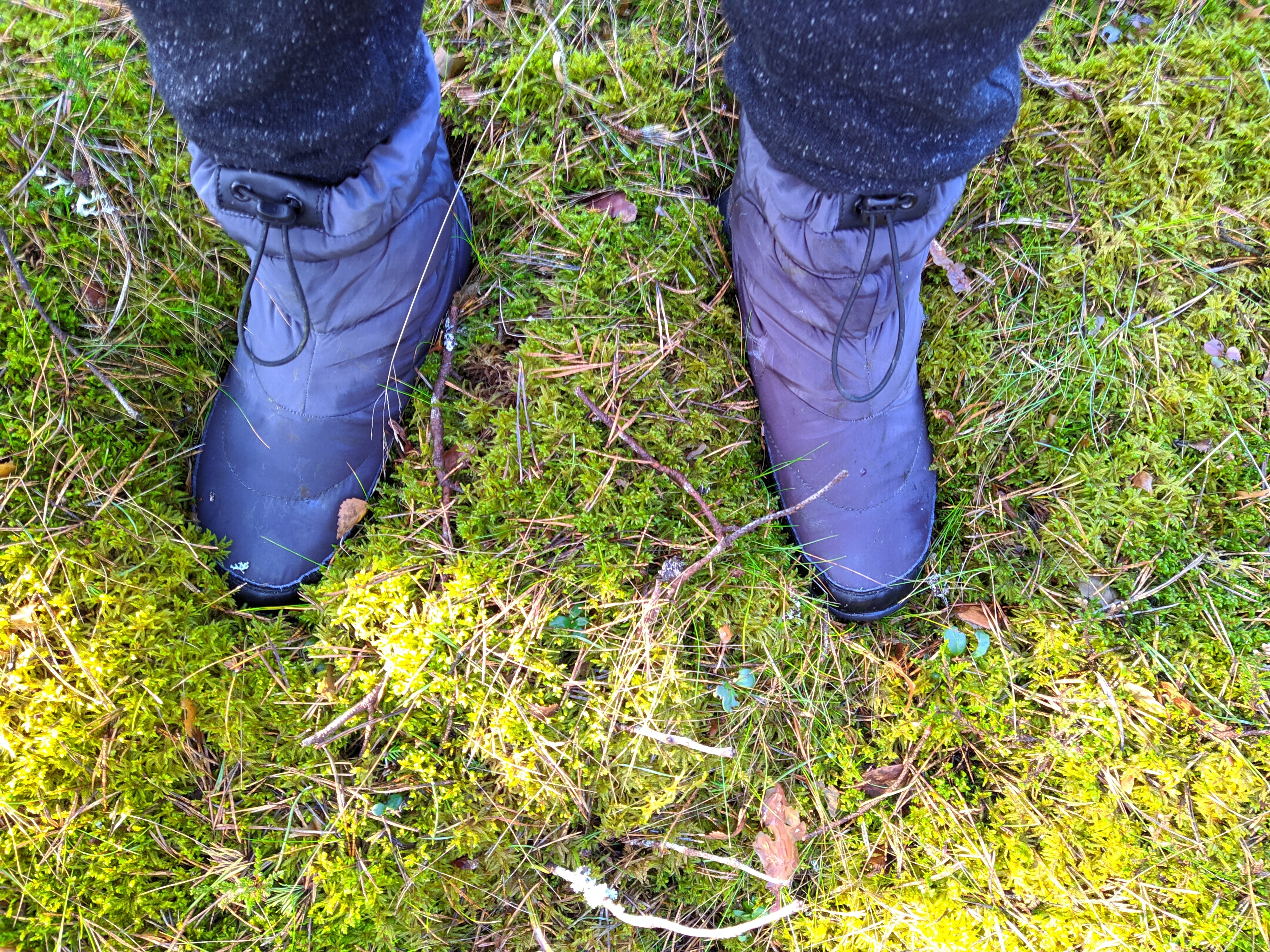
Day 5 — I followed a trail that crosses the island.
Before today, I had only visited Örö’s southern area. I saw the grasslands and the old Russian rock constructions—barracks and artillery batteries covered by moss and small bushes. The ruins reminded of an old National Geographic documentary. Its name is “The World After Us”, where they imagined how long it would take for plants and animals to take over cities after humanity disappears, and which human constructions would last longer? They showed beautiful images of plant-dominated landscapes. Their depictions are inspired by zones that were previously inhabited but with no current human population, where “nature” now thrives, like Chernobyl. Why are we the ones obliged to imagine how the future after us will be?
Unfortunately, the cattle living at Örö were not in the grasslands. I tasted the water that feeds them—traces of saltness. The ground on the shore felt unstable as if I walked on a thin layer of cake. Some trees there are ancient. If they managed to stay there for centuries, I can be there for minutes.
I was afraid of losing the ability to get lost. The island is small, as I said. I needed techniques to unlearn certainty. I get lost in cities like Helsinki, even using Google Maps. I thought being on an unmapped territory would make me feel more lost, not the opposite. What makes me lost is the city’s obligation to walk straight.
The mysterious film roll emerged in a lost cellphone situation. My date asked me if I could take her to Hietaniemi’s cemetery in Helsinki, one of my preferred places. In the summer, I swim in the ocean and walk across the cemetery on my way back home. Darya was taking pictures and realised she lost her smartphone. We had one hour of sunlight to find it. After two hours of walking, in the dark, we had checked every tomb. I would never do that without the mission of finding the device. All the graves started looking the same. The cemetery felt like a checkers table that repeats itself forever. Darya took everything outside of her bag. She found film rolls she always carry and offered me one. We exhausted Hietaniemi. I do not want to exhaust Örö. PS: it turns out that she left her smartphone in a café before meeting me. Purposeless exhaustion of a place—excellent!
I started reading more papers on slow scholarship after the sauna. Ulmer (2017) focused on the encounters with nature’s non-human materialities that activate ontological points-of-view towards new methodologies of knowledge production. Todd (2020) makes an auto ethnographic account of how productivity guilt triggers the embodiment of anxiety in researchers. The author argues that anxiety and other mental health conditions stay in the back-spaces of academia (Todd, 2020).
I relate to that. My experience as a researcher lasts a decade. In all countries where I lived, non-neurotypical temporalities and subjectivities are only considered in the administrative corners of the university. Not a metaphor. I refer to the counselling spaces in the backyards of the universities. Pathologisation imposes its rules at all costs. Instead of accepting other modalities of knowledge produced by body-minds that perceive and communicate differently, sometimes non-linguistically, slower or faster, it ingests these subjectivities into the realm of neoliberal scholarship.
On the island, it was possible to employ another rhythm to my writings. That is partially true. Some lures always captured me to the outside: the waves by my window and the radar’s sound. I put a pin in my map over the tower’s location and named it “lure”. When the waves are high, my body is dragged to the shore to feel the wind penetrating my rain jacket and my tights.
I needed to focus on writing grant proposals while in Örö. Grants symbolise the opposition of slow scholarship. They require a neurotypical discipline that I cannot attune to. Not because I tend to do too little, but because I do too much. My legs get so restless when I need to focus on them.
Day 6 — At the harbour, I sat on slimy rock and wrote a shortlist of obsessions (affected by the island)
-
Looking every hour into my boots’ soles and seeing how they decay every day.
-
Eating the nails of my toes until they are almost uncovered or bleeding.
-
Flirting—now I flirt with the radar tower.
Obsessions are temporal markers. They activate the shifting of a task towards another.
Day 7 — Walking with dead kelp
The enabling constraint I proposed on this day was to walk across the shore following a trail of dead kelp brought by the sea. I closed my eyes and guided myself by the smell of the algae, and I fell into the sea.
Day 8 — The goods I bought at the Kasnäs grocery store arrived with the ferry. I should be more precise. I ordered four small bags of peanuts, but I did not know the size available in the tiny shop that supplies the harbour workers and Hotel guests. I received four 200 grams packages of peanuts. I also ordered four boxes of parboiled rice. It turns out that they are one kilo, not one portion each. The food I received should last until the end of the month. I knew I was over shopping—I imagined many scenarios: the sea freezing and the ferry not being able to reach Örö on the following weeks, and the lack of distribution of products due to the COVID-19 outbreak. I took a picture of the ferry, the fifteenth shot of the mysterious film roll. Arriving home, I opened Todd’s (2020) paper again, and could not feel less represented.
“That was really, really difficult. Each time I travel for research, and every time I have made this journey, I feel a sense of dread writhing around in my belly. No matter how much re-assurance I’ve drawn from others, no matter the level of preparedness I conduct leading up to the research, and no matter how much I reflect on my love of my research and the deep sense of care I have for my participants and my project, this deep, visceral trepidation still sits at the forefront of everything I do.” (Todd, 2020, p. 11)
He describes how anxiety is embodied in a conference trip and the implied socialities of these environments. For some, anxiety----inside or outside academic contexts— triggers stuckness, “I cannot write because I am too anxious”. Anxiety makes me live the time outside of joint, thinking about the outcomes of future projects, from having children to grant applications, years before deadlines. Time intensifies, and techniques to make it slower are needed.
I spent hours by the sea and felt calmer. I walked around the radar to find a rock to sit on and put my feet into the waves. I wanted to take my pants off and enter the water wearing only tights. I started undressing, but the sun went out, and freezing rain came. I kept the rock’s format in my mind. The sun would eventually appear—I would put my legs inside the water.
Day 9— Microplastics ↔ Micropolitics
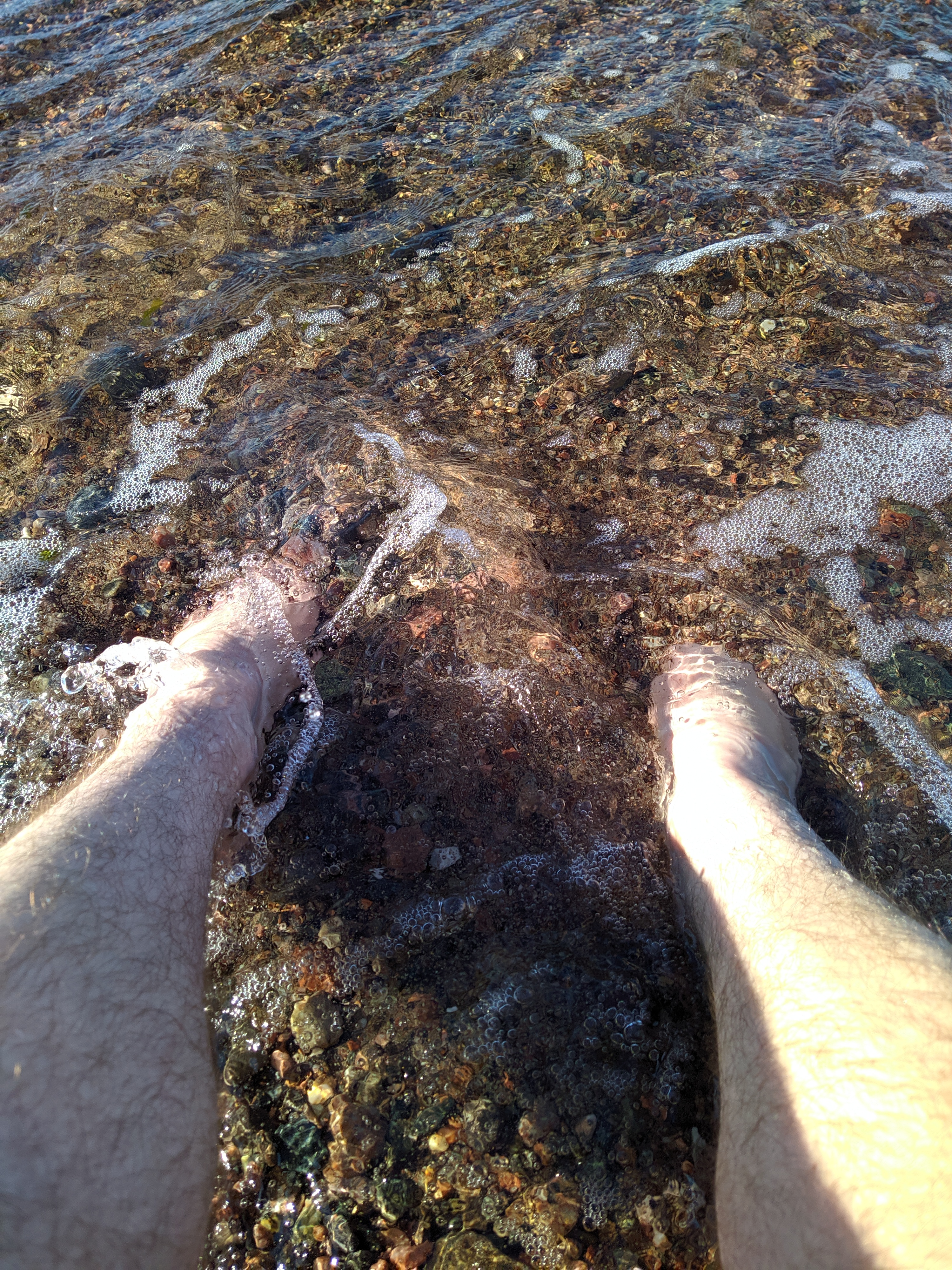
Day 10— It was the first day with almost no wind. I went to the radar tower and recorded its sounds. The waves were absent, and I could hear them clearly. I put the recorder over a rock and stayed still for five minutes, as I was afraid my body noises would be captured as well. I cannot remember the last time I was amid such silence. The radar stands by Krapulakallio. “The nickname, which translates as ‘hangover hill’, suggests that the island residents may also have used the spot for enjoying the reinvigorating effect of fresh sea air”, says an information plaque. The search engine returns a few pages when I submit the word Krapulakallio. A blog has some pictures of Örö taken in 2014. There was too much snow. The tower looks the same.
My contribution to the island is the microplastics I left here. My soft boots are a source of microparticles of plastic that will populate the island, ending up in the stomach of other animals.
Day 11— I wanted to see a supikoira. A sign near the harbor explains that the raccoon-dog is an invasive mammal species from East Asia. Besides the similitude with the American raccoons, they are canids. They are hunted in Finland since they interfere with the local fauna. They look like incredible creatures. According to the island’s personnel, they found at Örö the right conditions for reproducing and gathering food. I learned from Wikipedia that they are monogamous animals and their copulation lasts from 6 to 9 minutes. To find a supikoira, I brought the binoculars on my morning walk.
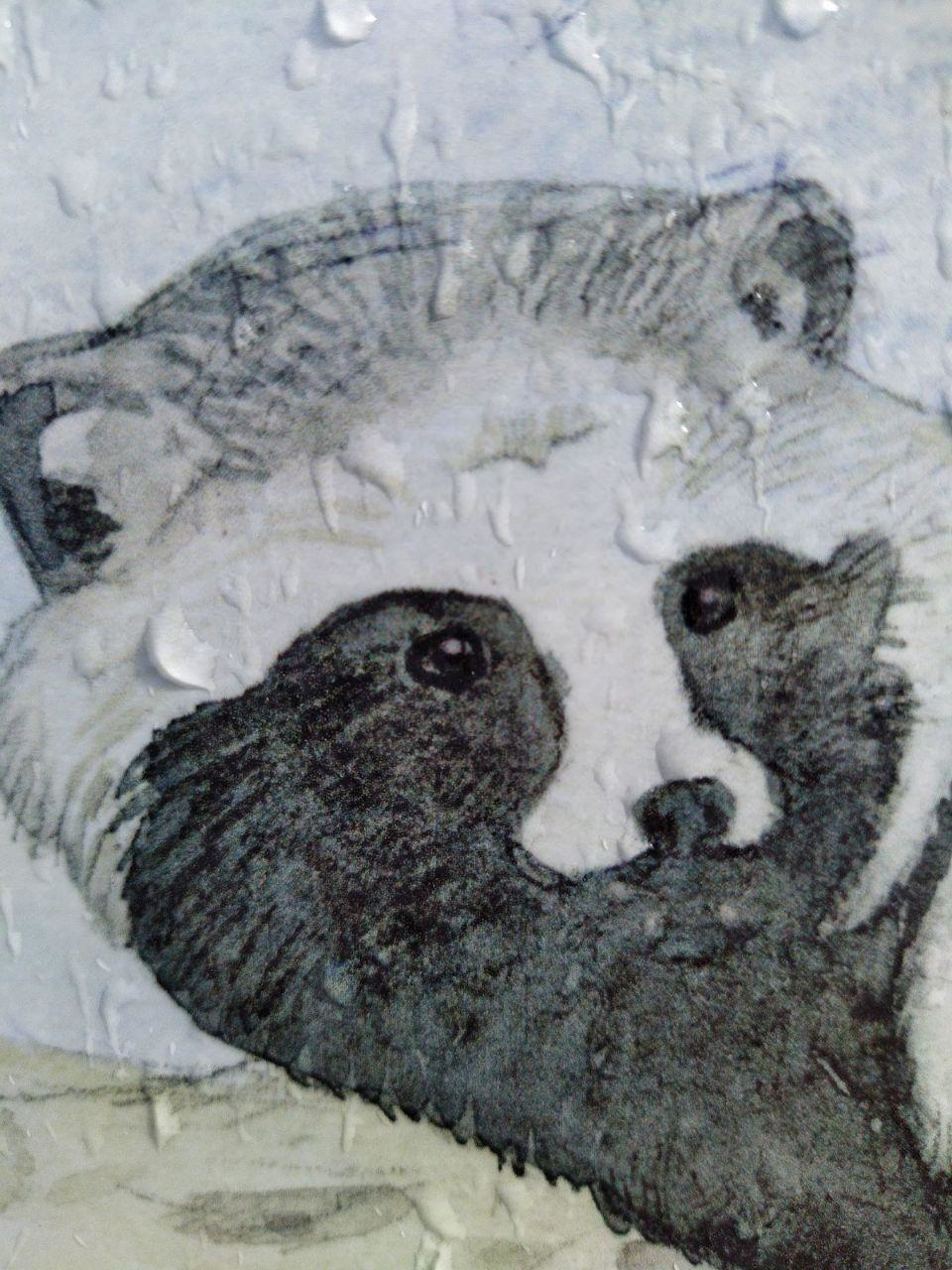
A lot changed since I started carrying the binoculars. For the first time, I saw the shape of the Radar, the swans on the ocean and the silhouette of the waves. I need new glasses. I attached a GoPro to the binoculars to take pictures of an eventual supikoira, but I failed. However, I saw some squirrels and swans.
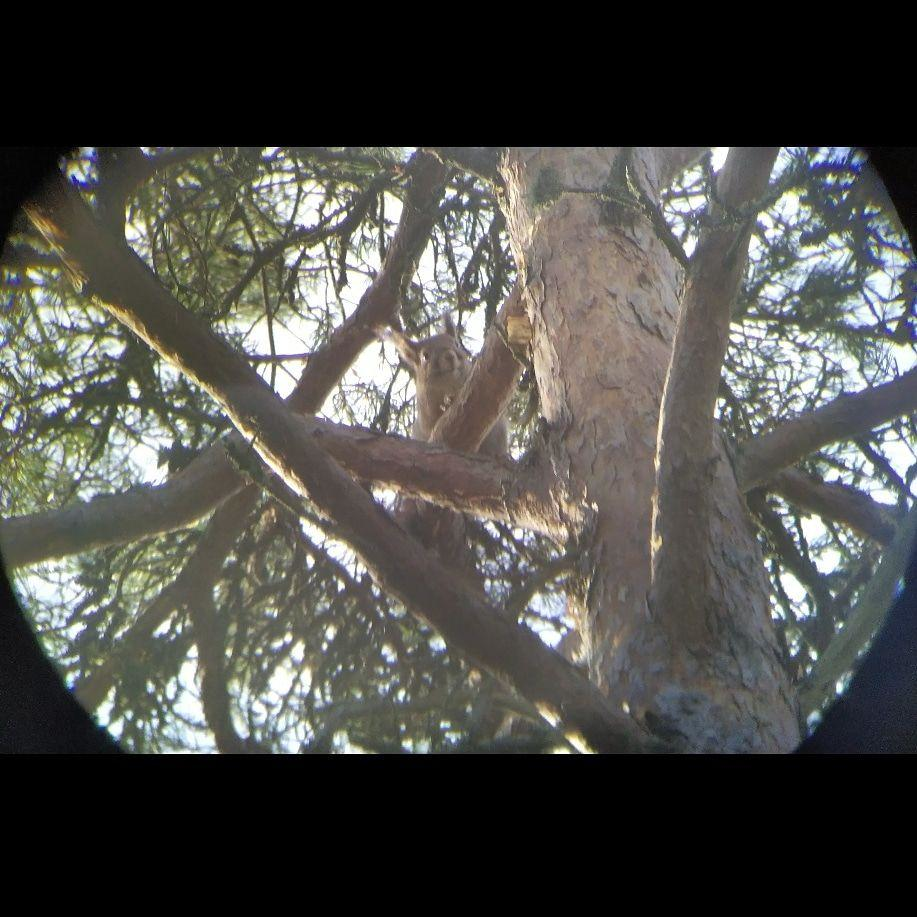
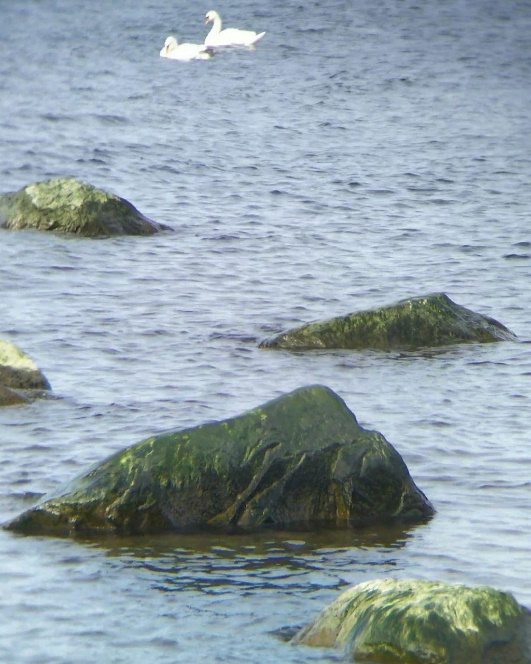
Every sunny day I walk across the island, I sit on a rock close to the southern harbour. I named it “the office”. It is a relatively plain rock in front of a beautiful beach spot. I opened my small notebook and wrote a bit. In the summer, it could be my office. I was surprised when I imagined putting a desk and some chairs and working there. After all the work done writing papers about undoing the educational and artistic spaces that only favour neurotypical temporalities, I wanted a chair, a desk. Perhaps it is different to put a table on a rock on a sparsely inhabited island. The striated space of the university imposes many thresholds besides the table—see Day 12.
I stayed inside for most of the day. There was torrential rain and I started working on a grant application. Did I succumb to academic productivism? An excerpt of what I wrote looks like this:
Institutional measures can partially address the prejudice regarding the temporality of neurodiversity and other disabilities. However, there are unaddressed issues beyond the accessibility parameters in university and artistic environments. Carter et al. (2017) summarise the academic ableism in five clusters: ideology, bureaucracy, physicality, temporality, and sociality.
Ideology refers to the discourse that permeates graduate schools. It implies that only the “best minds” are accepted into these environments. Neurodiverse subjectivities are jeopardised in academia “either through erasing our disabilities to rightfully include us as able or by using our disabilities as a justification for excluding us as unable”(ibid., p. 97).
Physicality does not only refer to making accessible the buildings and the work materials. It oppresses through the “kind of physicality needed to maintain the “proper” graduate student timetable” (ibid.). The physicality encompasses the able-bodied corporeality. A researcher must always be ready to fulfil activities beyond the classroom and studio, including going to numerous events and conferences in a short period.
Sociality relates to the physicality: which spaces are designed to embrace a neurodivergent subject? As “academia involves social connections” and collaborations emerge through “networks typically built through travelling to conferences but can be as simple as going out with your cohort or attending dinner events with visiting scholars” (Carter et al., 2017, p. 97).
Day 13— The Office

Day 14— I stared at violent waves for hours today. I sat on a pile of rocks in the shore being moulded by the sea. I observed stones becoming sand; a process that takes millions of years. I felt hypnotised by the sound rocks make when the sea retreats. I wish to be absorbed by the rocks’ temporalities. The calmness did not last long. I started panicking about what would happen if the new coronavirus became an epidemic in Finland, stopping all the transportation systems. I would get stuck on the island—quickening heartbeat. My eyes flickered, a film with missing frames. The soft moss carpet got slippery. I was accepting my falling and repeating to myself that it was the panic, not me. As if the panic were an entity separated from my body, as if bodies were discrete entities and not contingent assemblages that constantly reassemble themselves. This binary self-lie fooled me, and I felt better.
There was a leaflet in the residency with emergency numbers. How would I justify if I needed to leave the place because of the epidemic? Having invisible disabilities makes us think we must over-explain each detail of our conditions to have our necessities fit. I made a list of all the medication I take and for how long it would last on the island: trazodone, duloxetine, clonazepam for eventual panic attacks. I included the side-effects of the withdrawal of the anxiety medication. I started thinking about the structure of the email describing all of this and to whom I would send in the worst-case scenario. I experienced the fast velocity of the anxiety. I needed to reconnect with the slowness of the solid matter decomposed in tiny particles.
I ran back to the house. I opened my online Finnish course and started practicing. It was the only possible action. When I learn a new language, I expect to learn a new temporality.
Day 15 — It was time to pick up the groceries, again. There were five people in the harbour waiting to get back to the continent. I wondered for how long they were here. The island felt overpopulated. In social networks, people were talking about the necessity of social distancing to slow down the COVID-19 pandemics. What even is social distancing? What kind of sociality were they talking about? Socialising with rocks offers no risks of virus exchanging.
The spring arrived on the island. There are more eagles around than before, and I saw a vole for the first time. It was not afraid of me at all. I was tempted to touch it.
Day 16— Putting headphones on and listening to Flume—Never be like you , while putting my feet into the sea.
Day 17— The mysterious film roll is done. And winds of 50 km/h reached the island. I could not walk around the shore for so long because the wind was cutting my skin. In the forest, where things were calm, I got lost and nearly crossed the boundary of a military area. It is not a good feeling for anxious body-minds. No deer crossed my path until today. Somebody told me that seeing a deer makes you feel special. I sat on the rock I call the office, and I filmed the view from there. My camera was out of memory cards. I took an old one, almost full. I had to delete some videos and saw some clips from three years ago. I cannot recognise myself in those images. And I cannot recognise the island from yesterday.
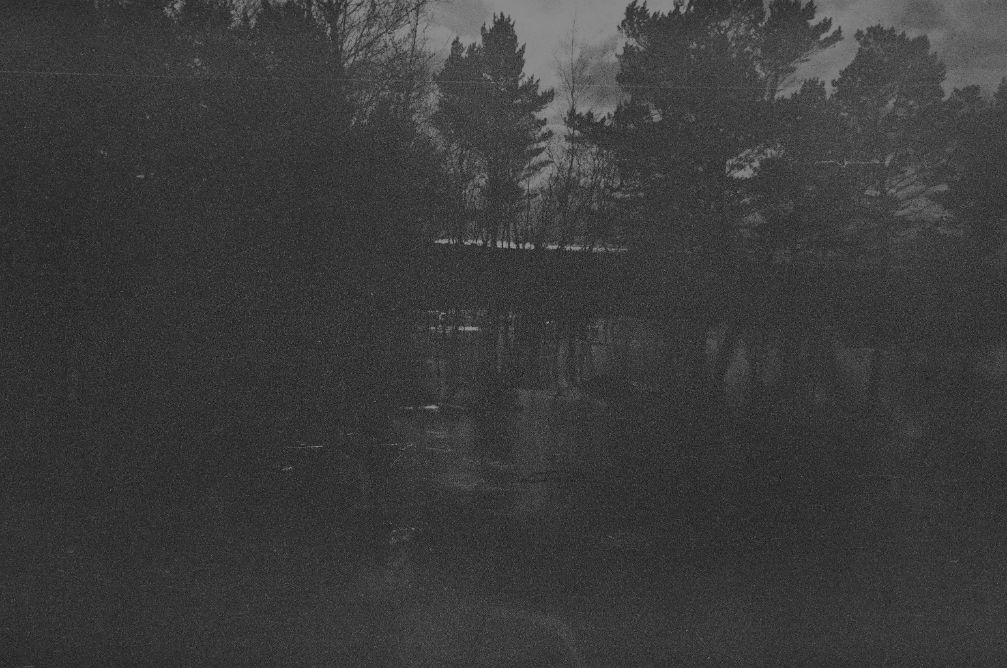
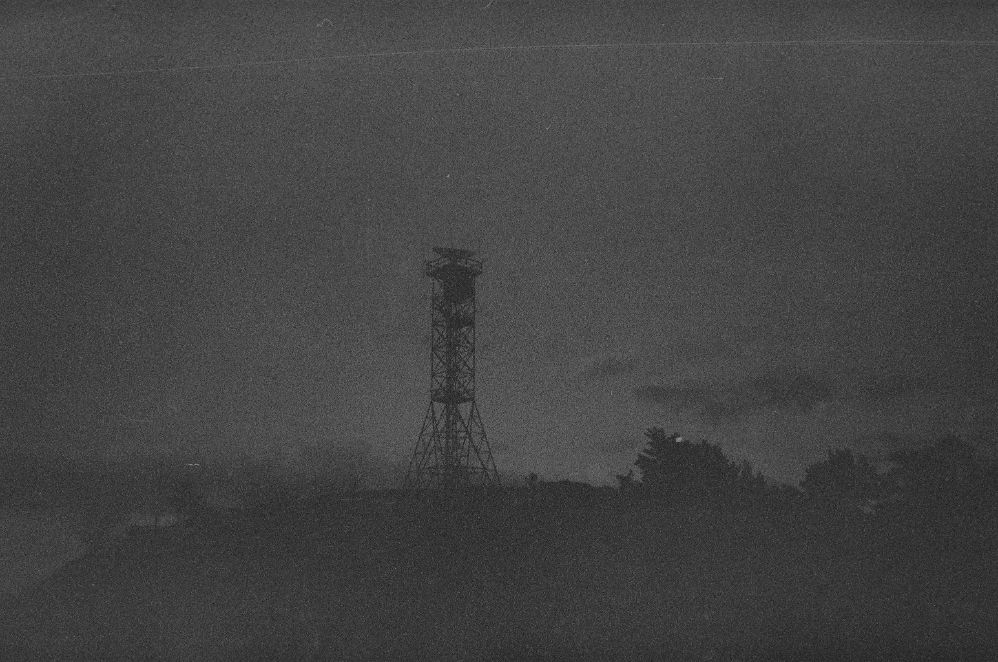


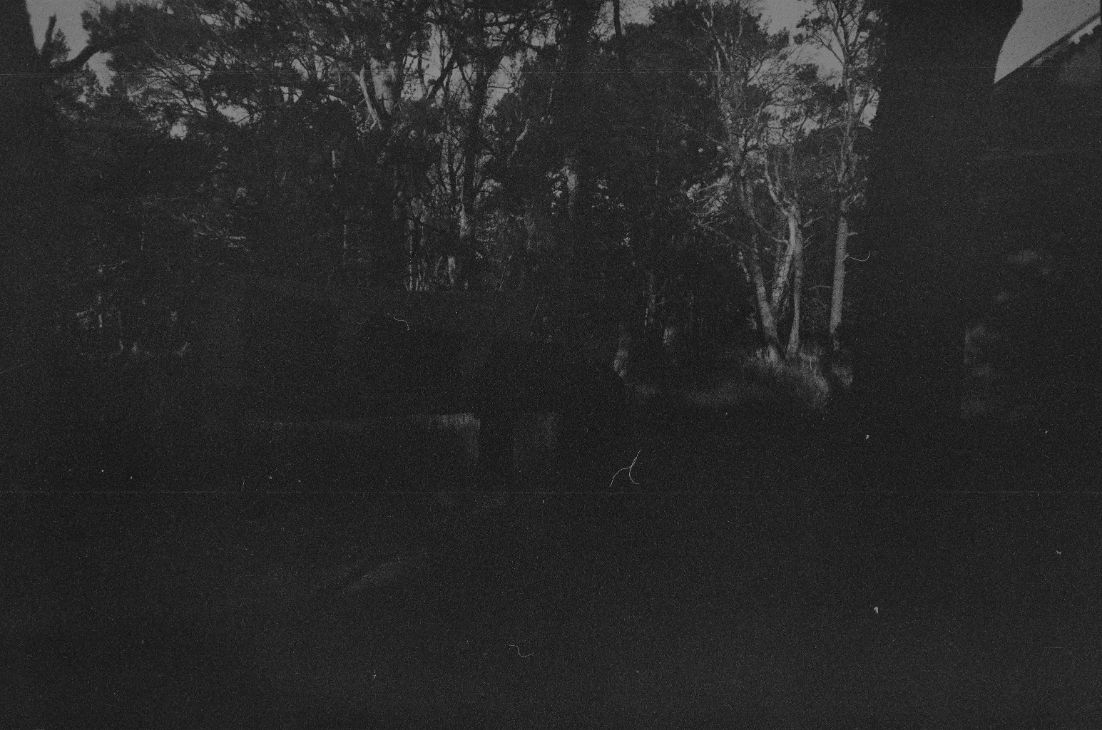
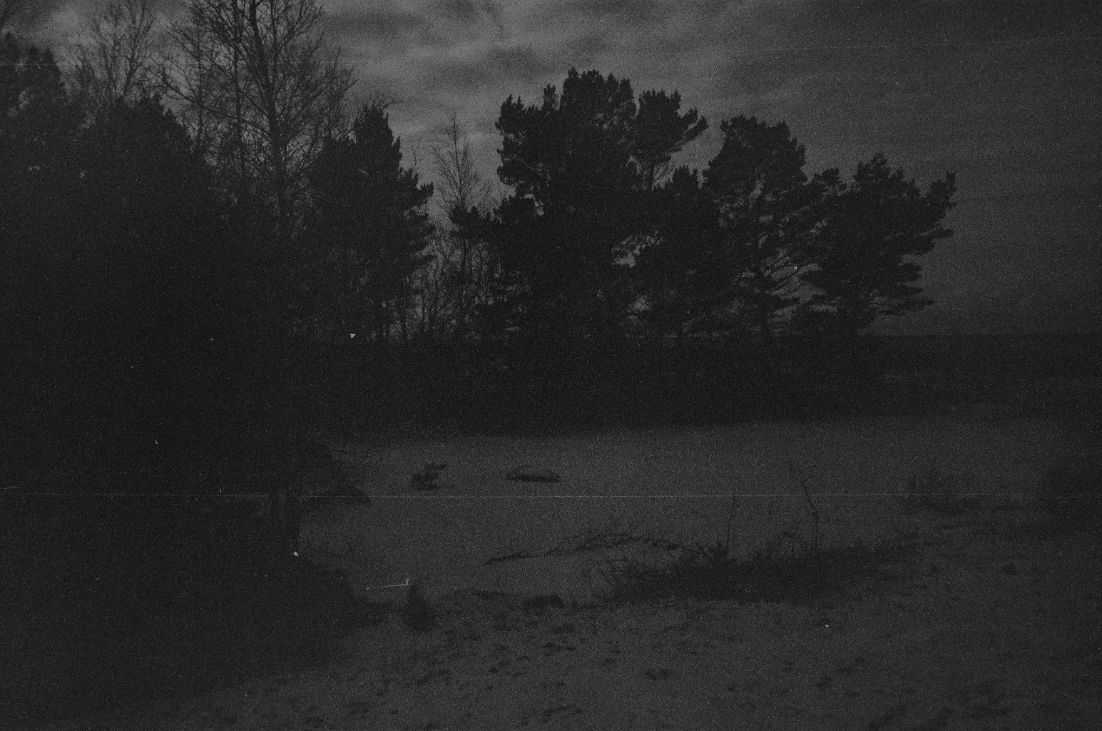
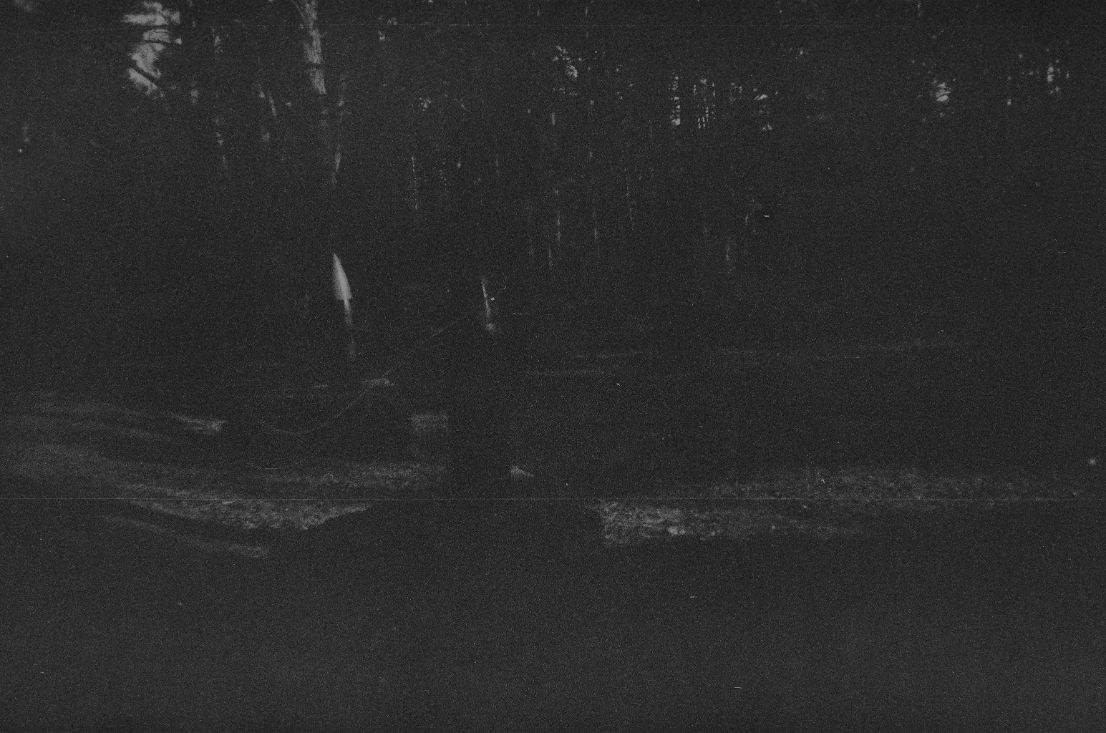


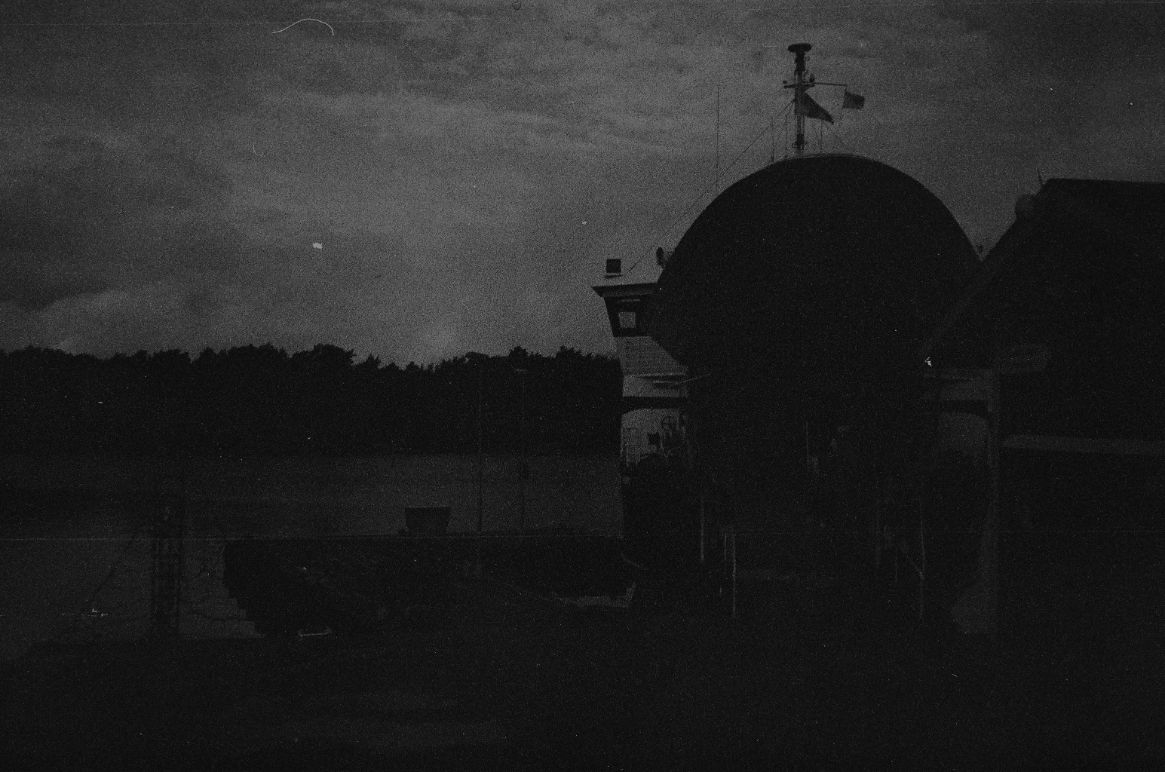
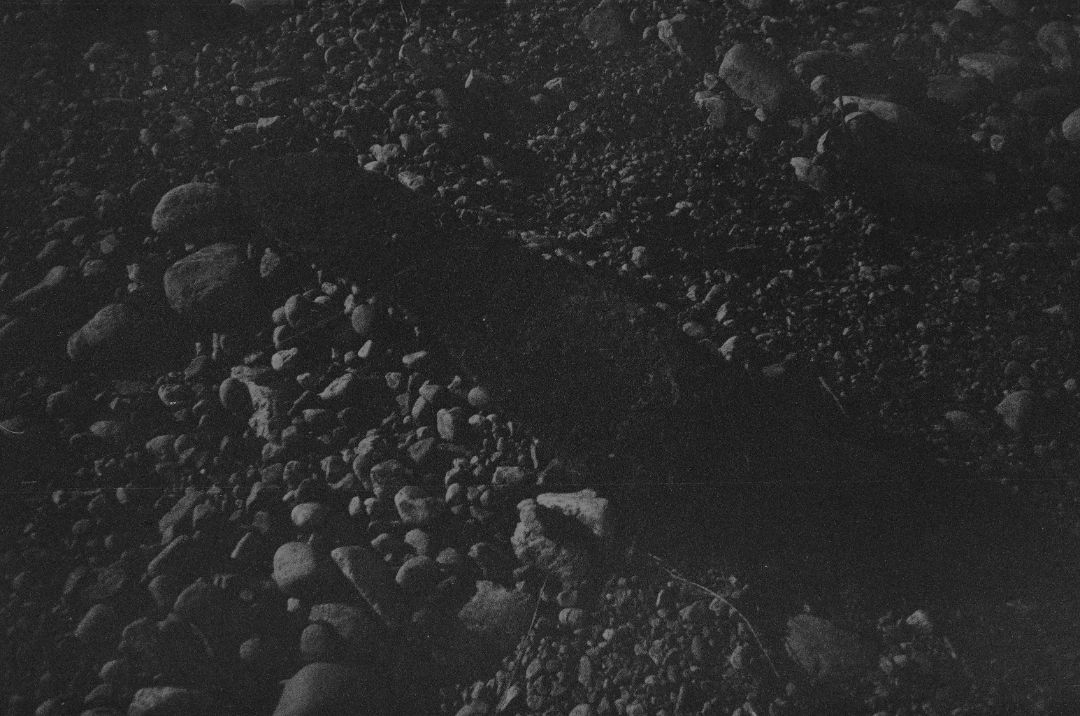
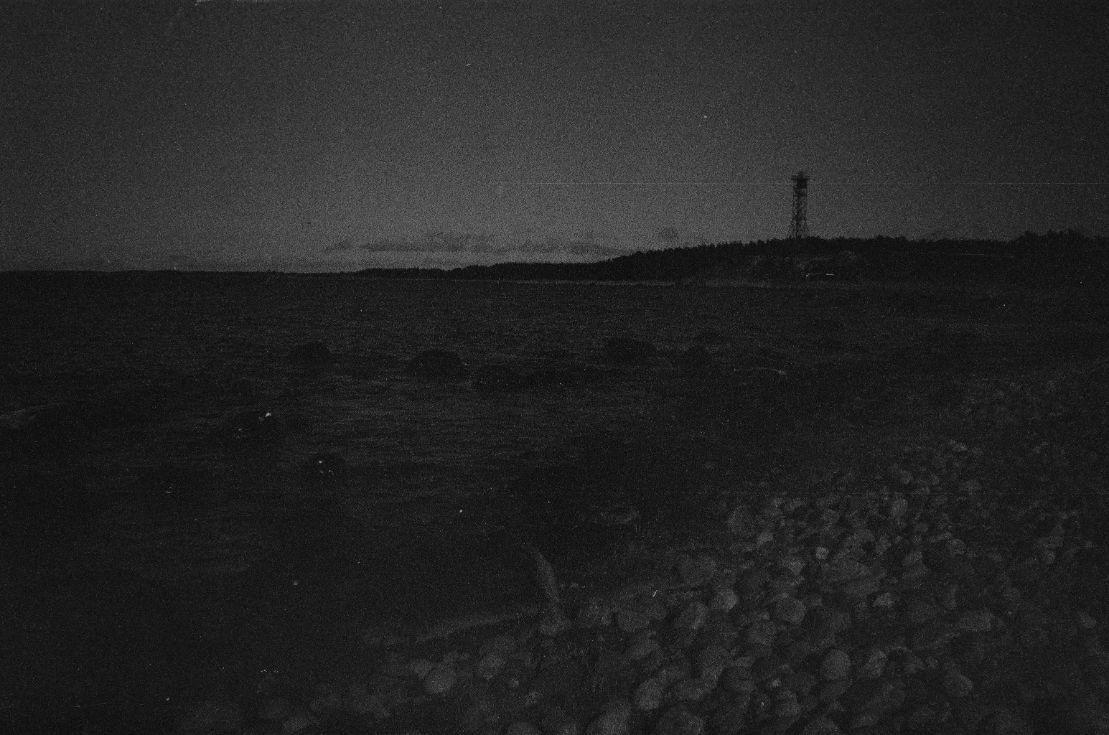
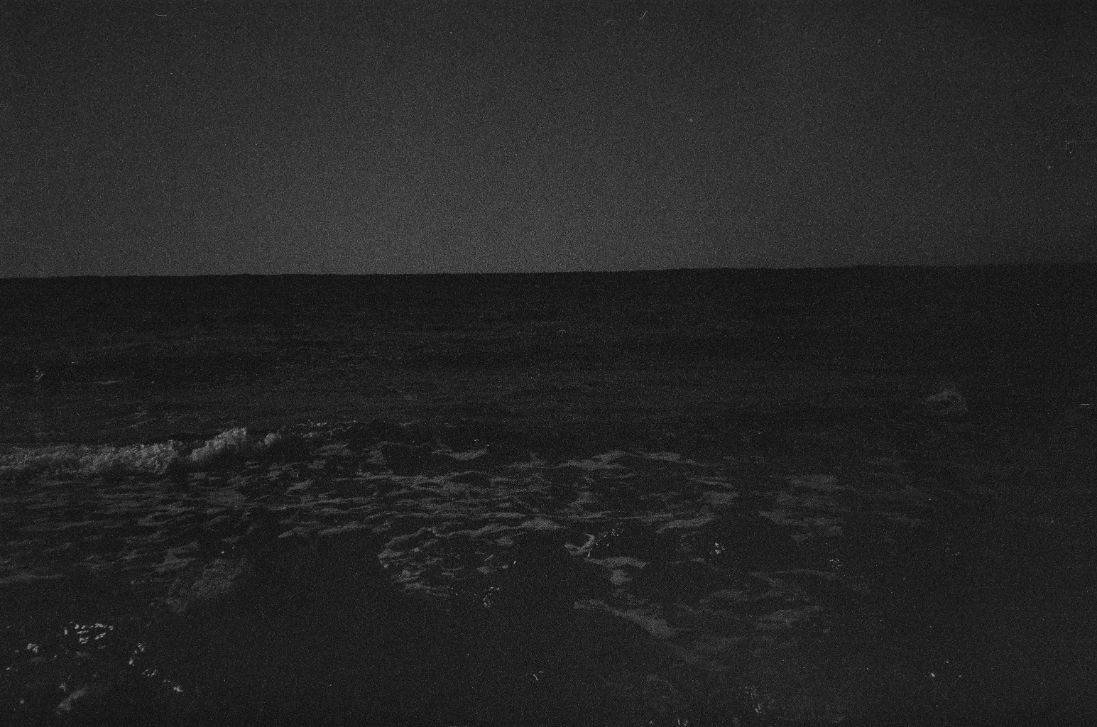

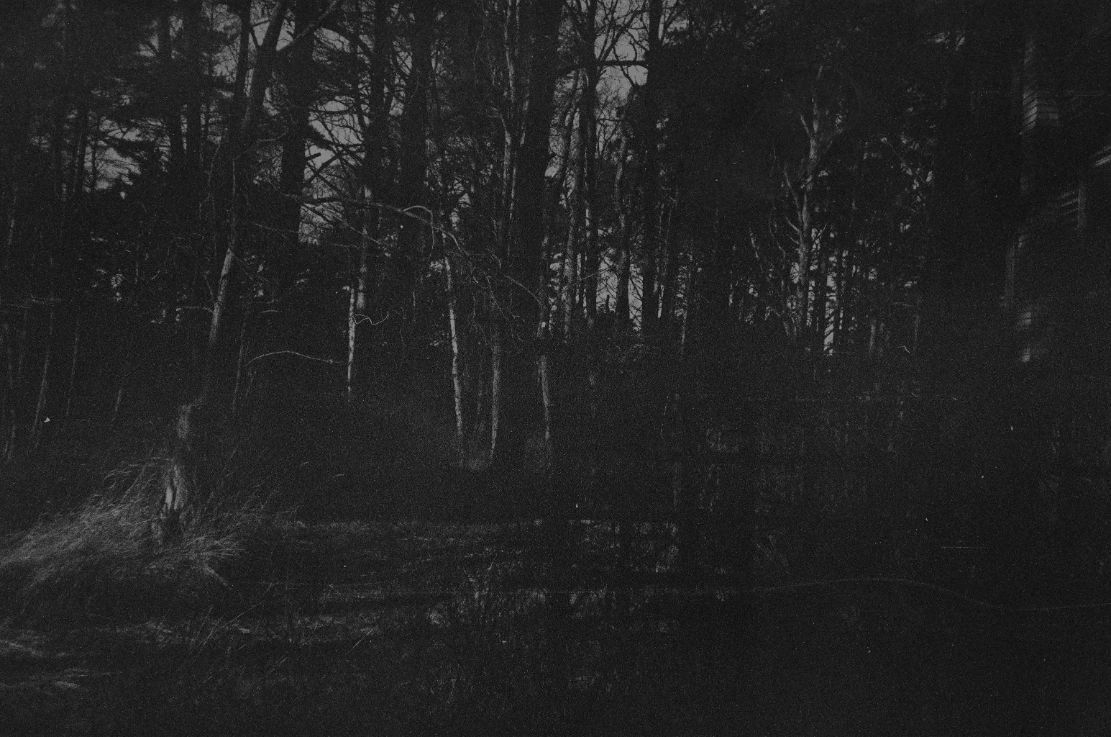
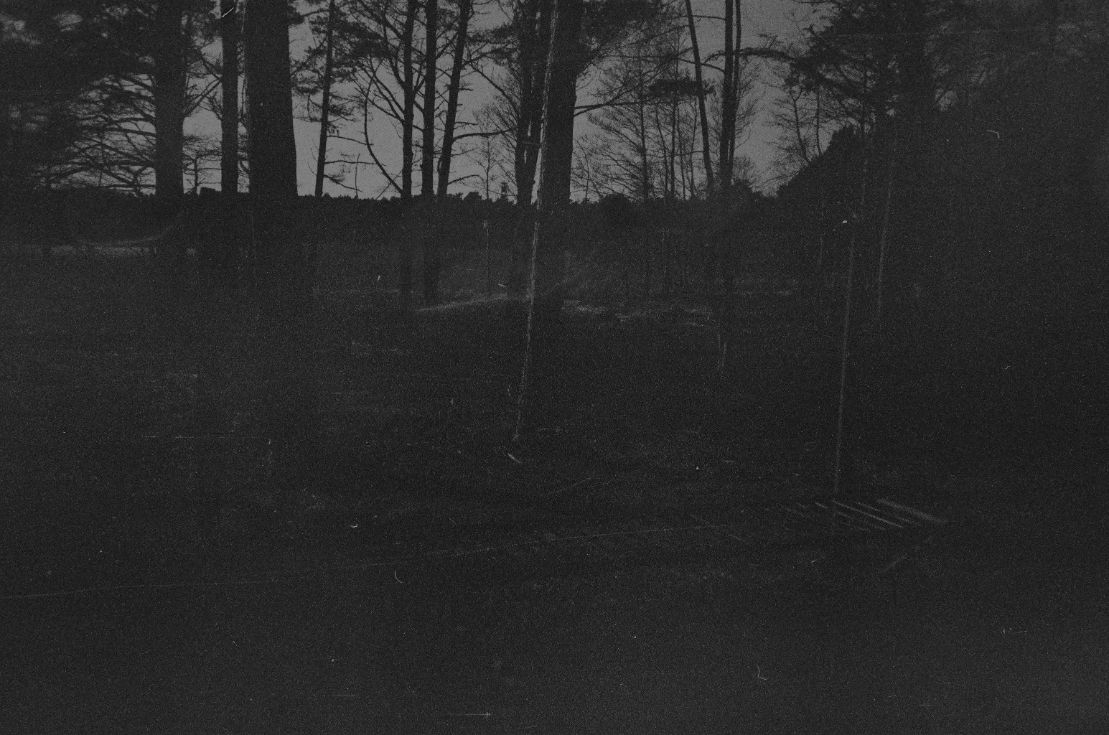
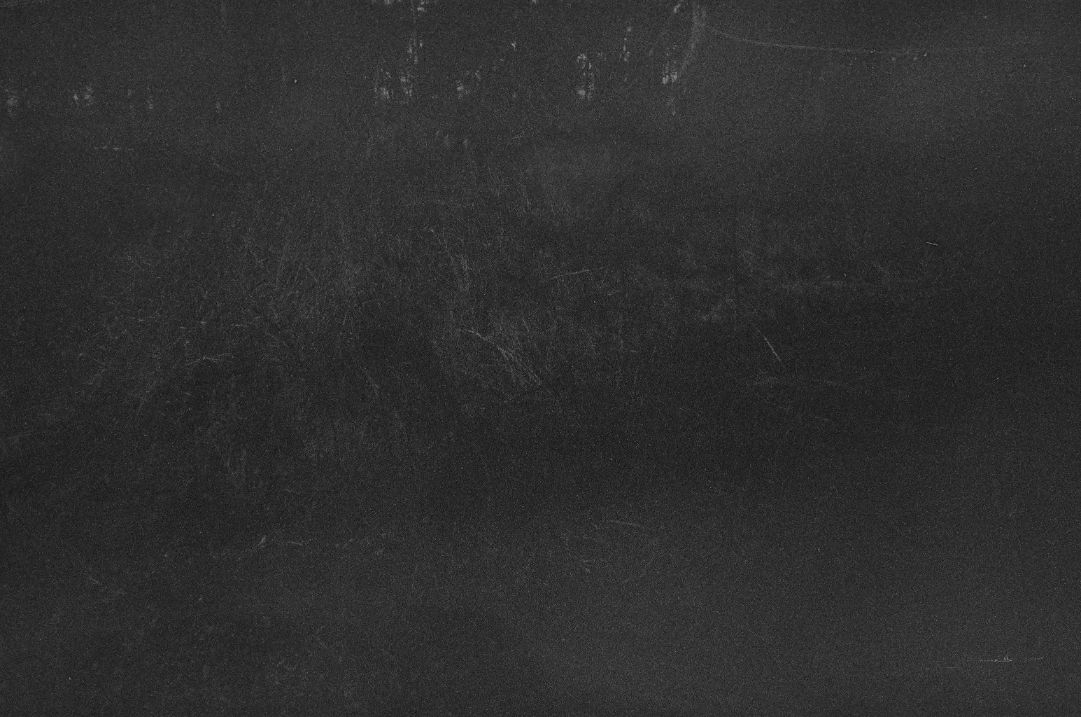
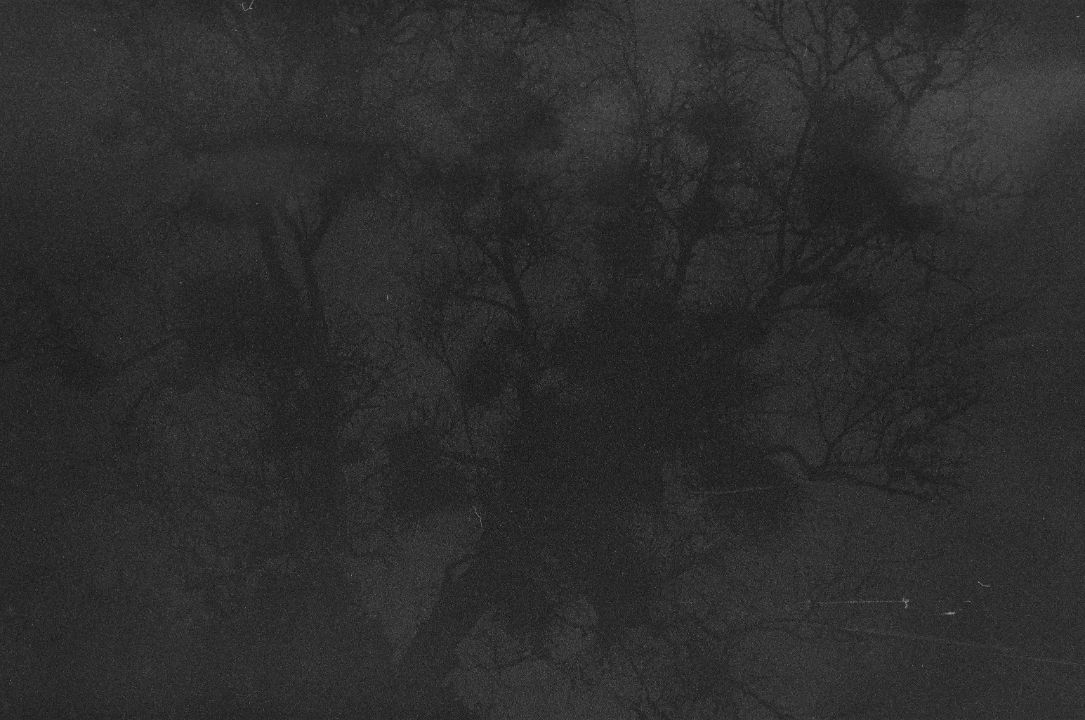
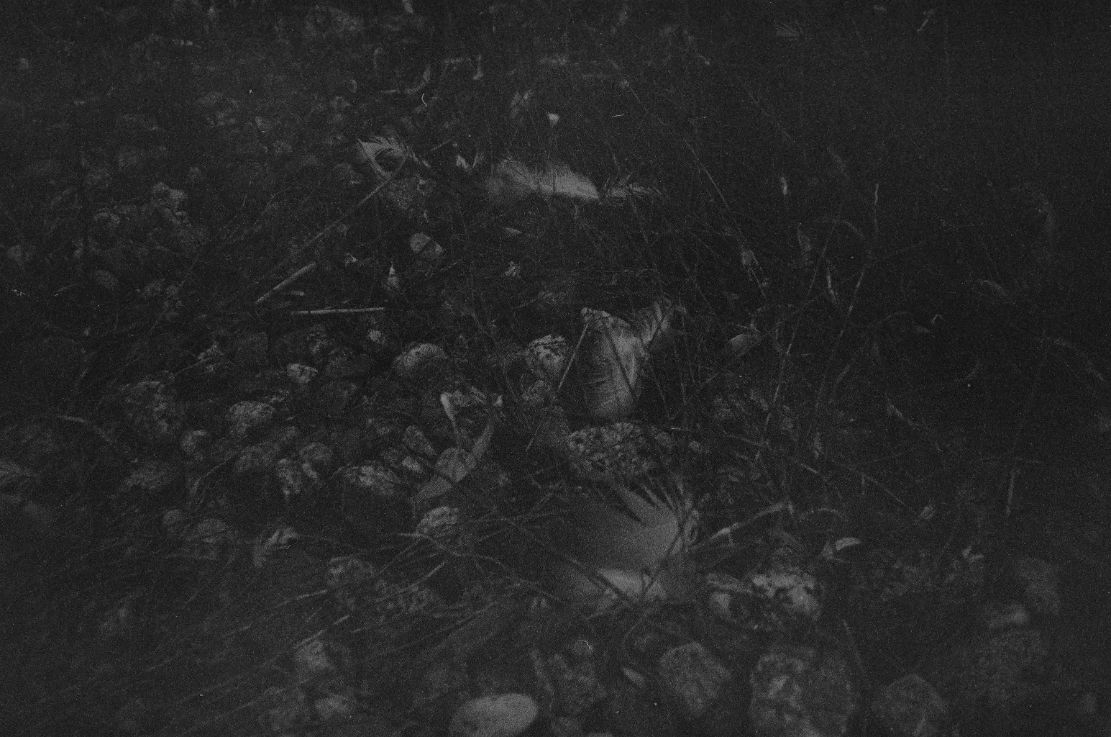
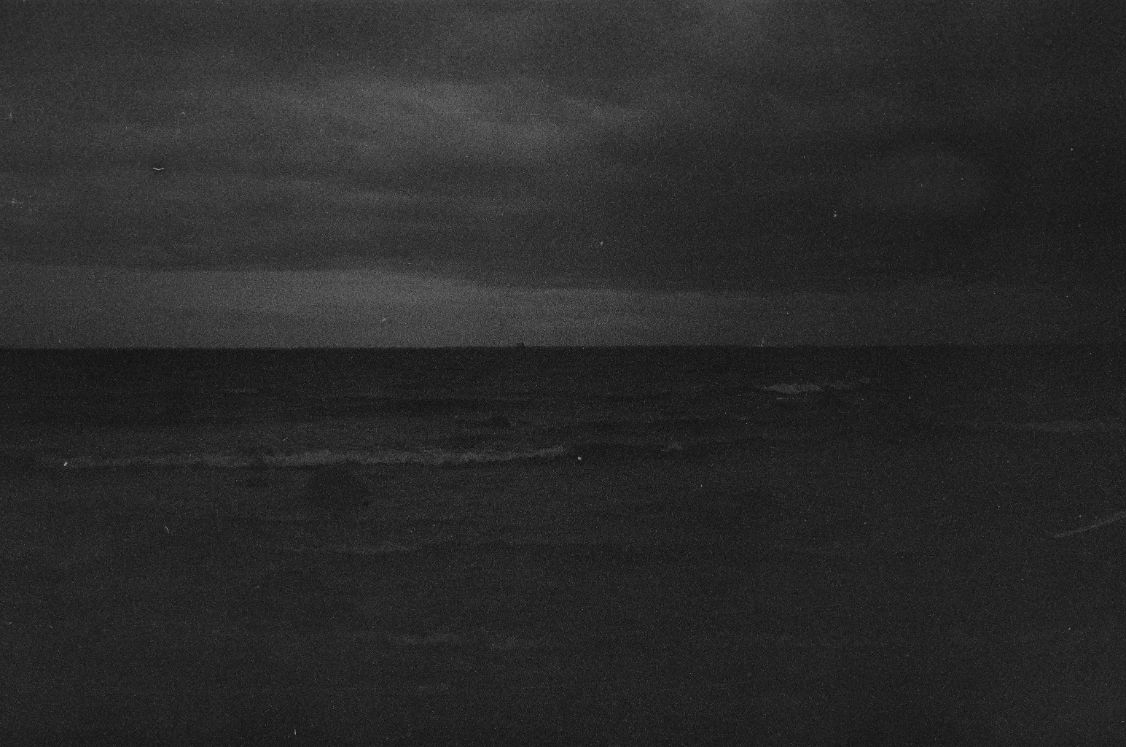
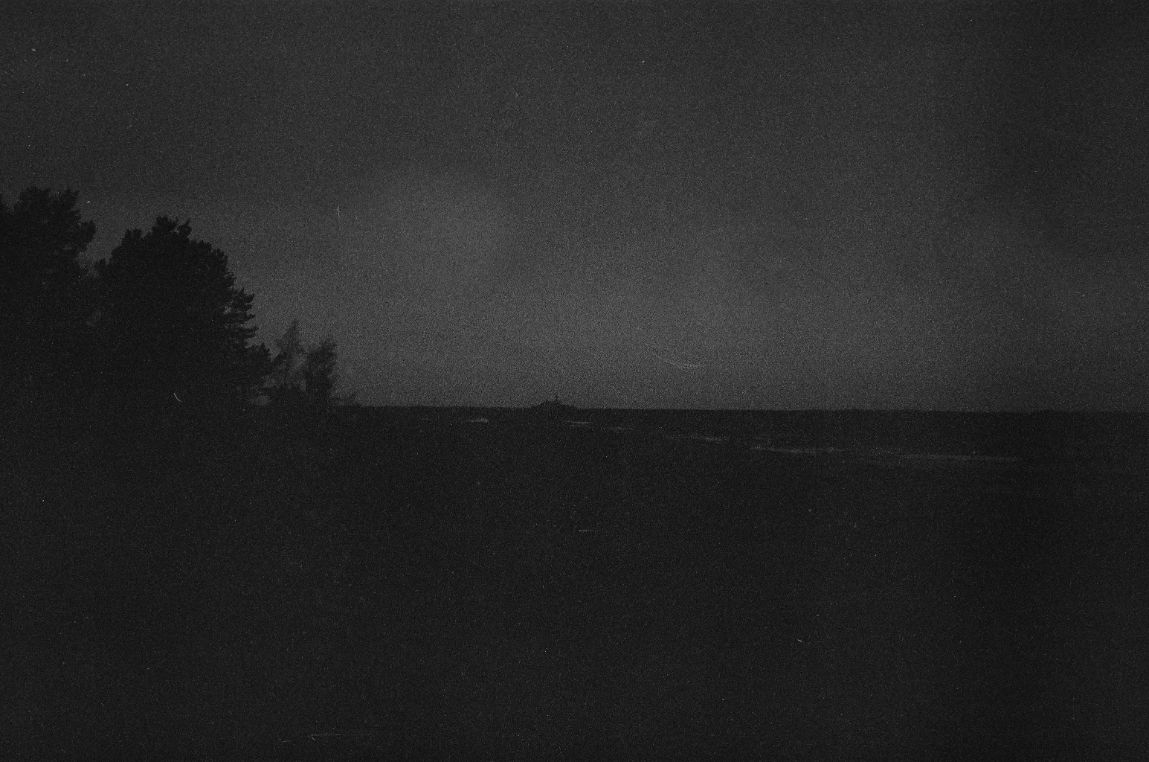
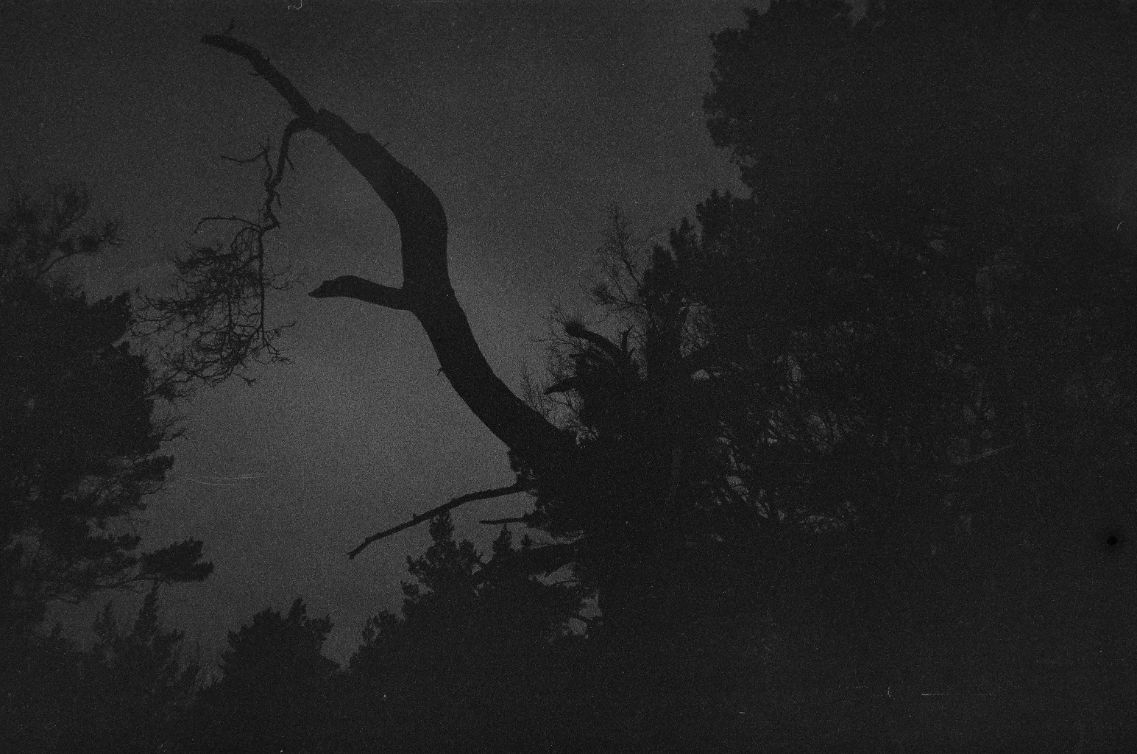

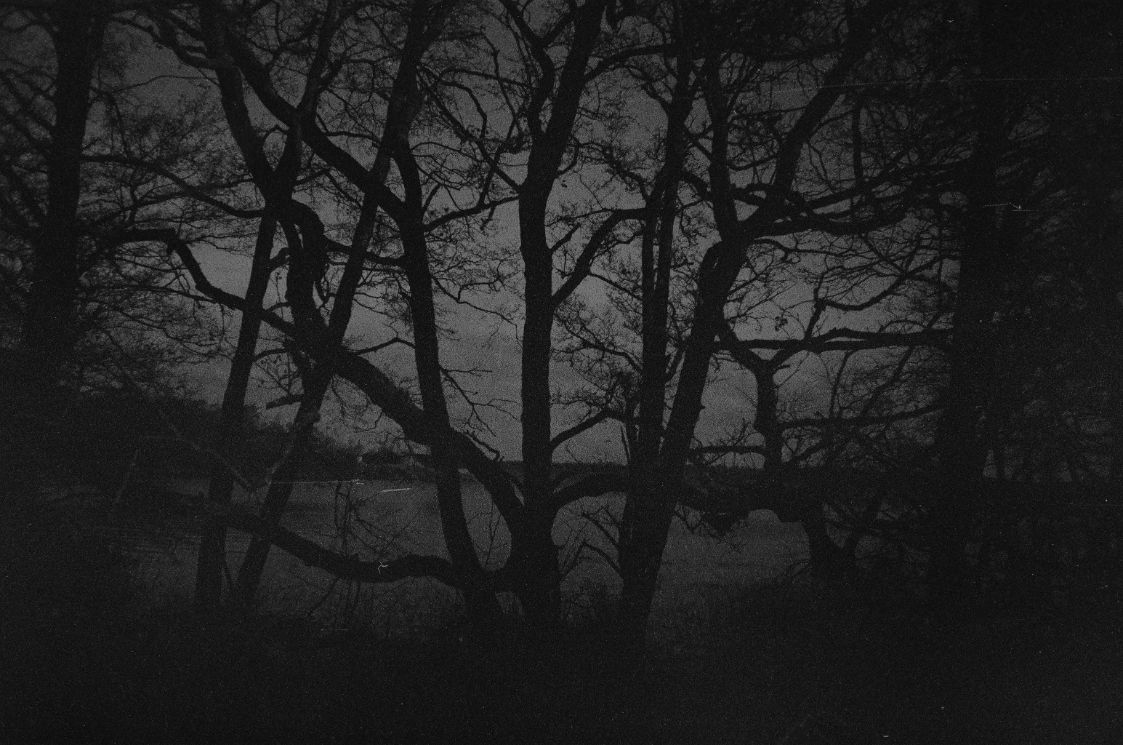
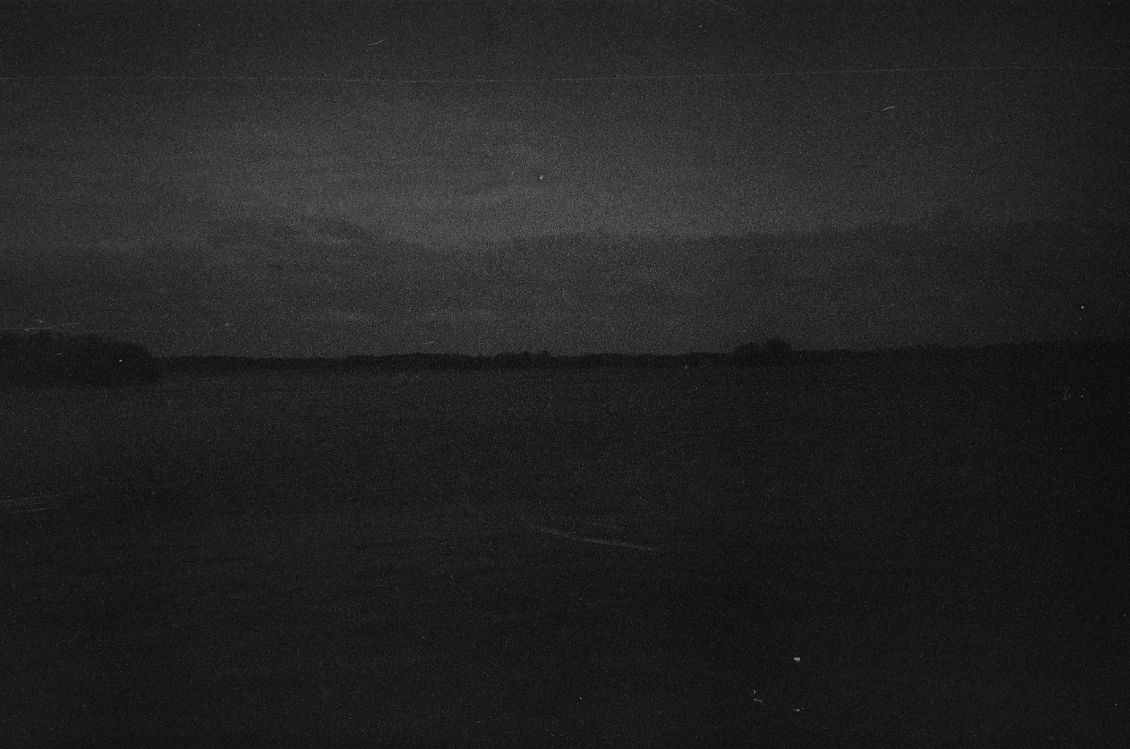
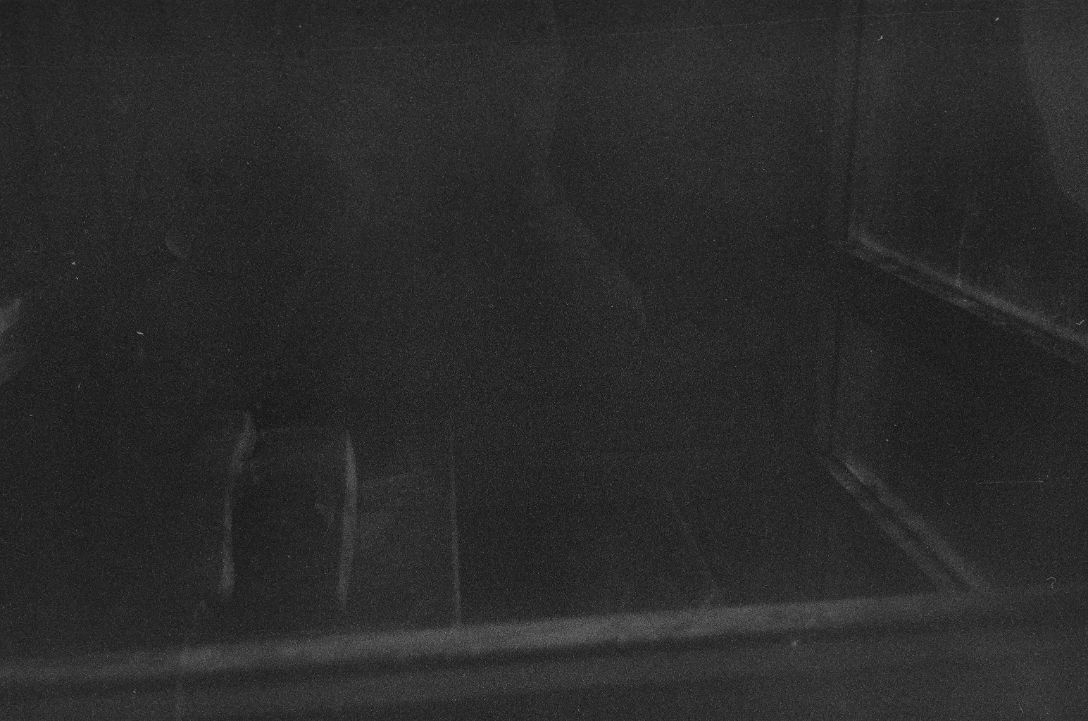

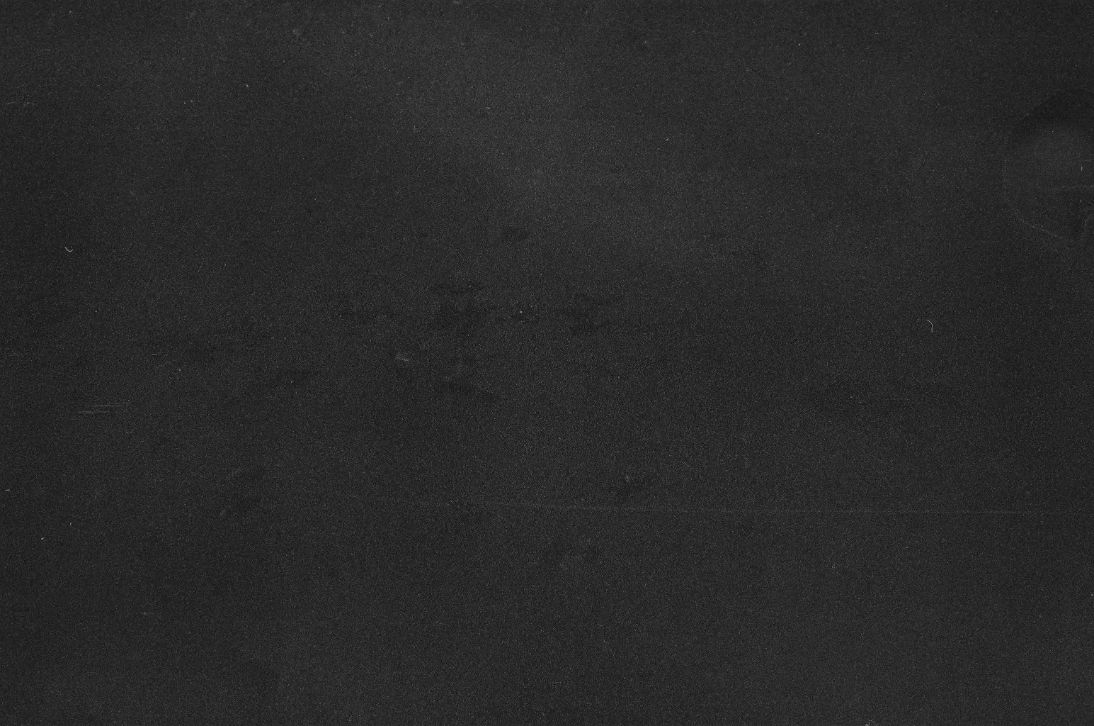






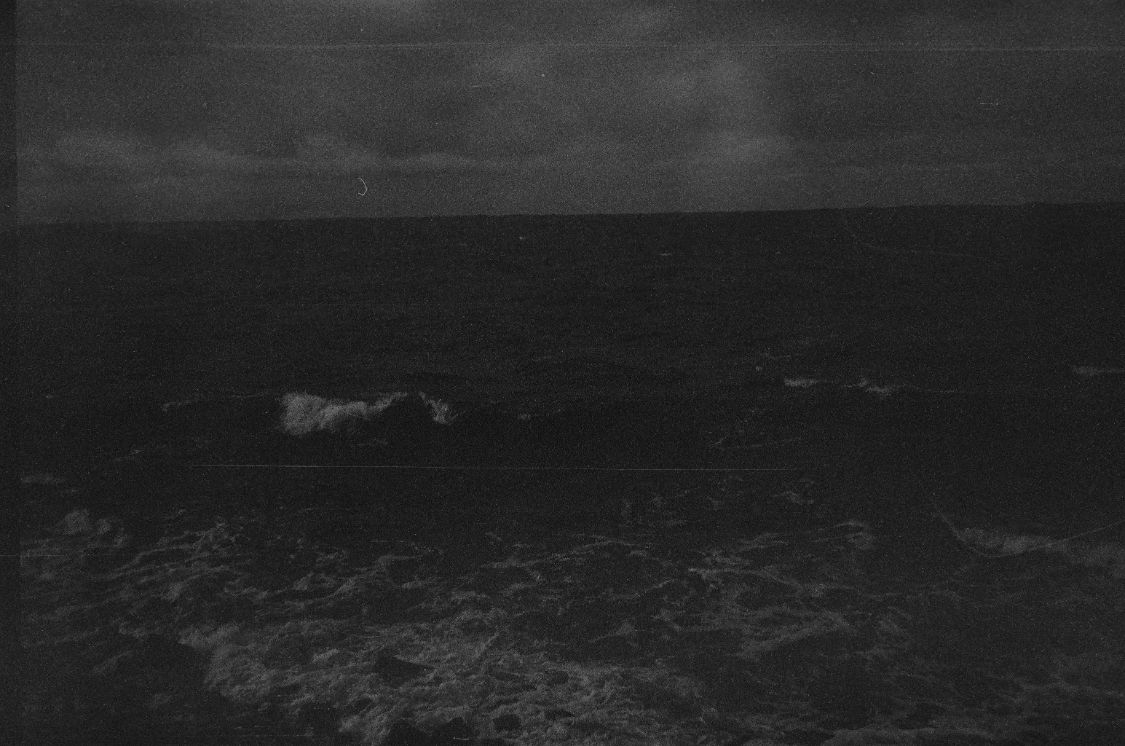
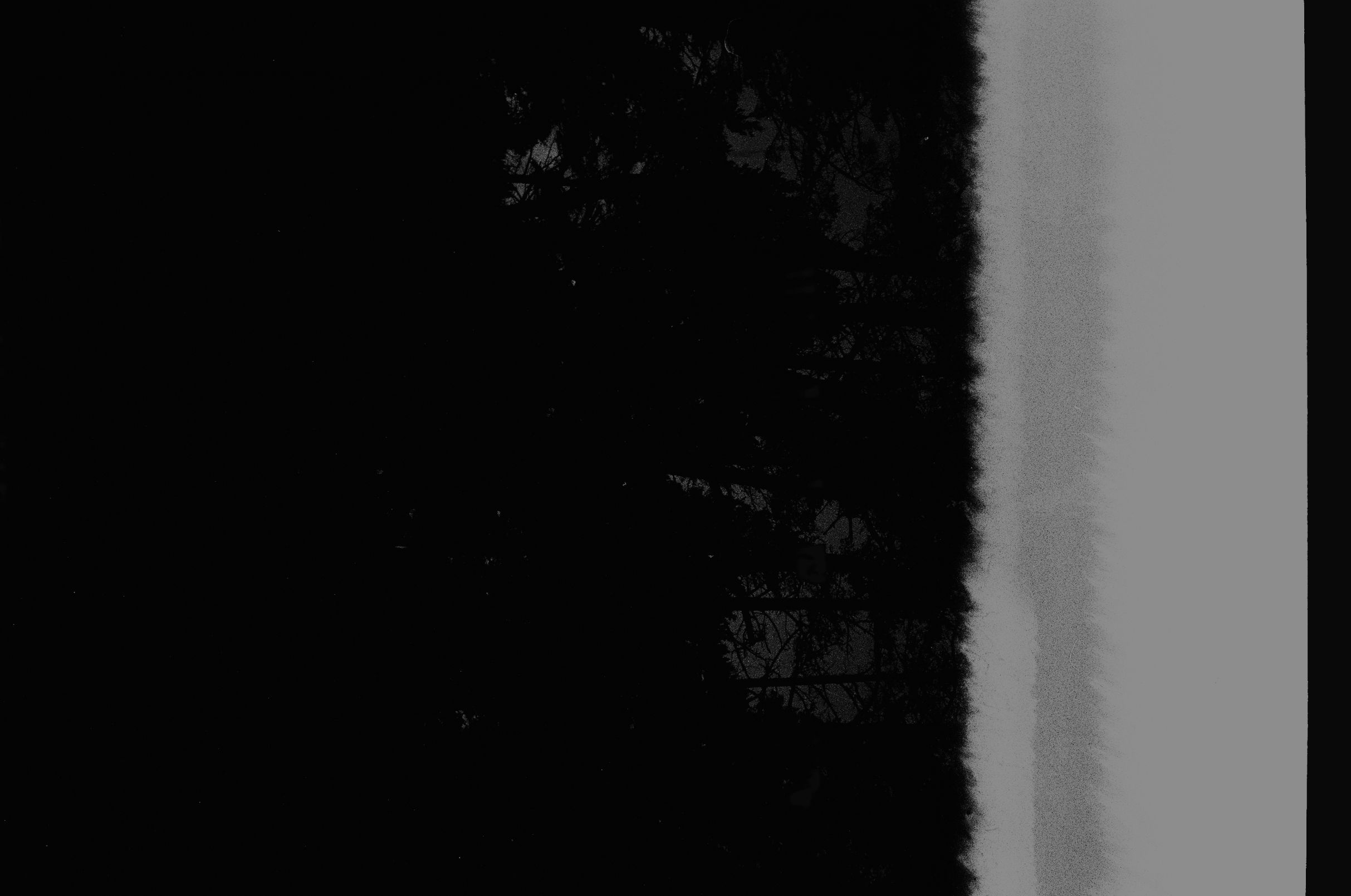
Day 18— The island is full of hiding places; they filter evil thoughts. Islands do move, they grow, they stretch, they get taller or shorter, but we, as humans, do not perceive these slow temporalities - compared to a human lifespan. Humans, with their terraforming obsession, speed up these processes, as I was reading on a paper before sleeping. They do it by a) outward dynamics, or horizontal expansion, when the shore is extended by adding more soil. Are bridges to the mainland also a form of outward dynamics? (Johnson, 2018); b) inward dynamics, or the reduction of an island’s landmass. It can occur naturally or by human interference; generally, through the soil’s erosion (Johnson, 2018) due to deforestation; c) upward dynamics: islands get taller if we build skyscraper hotels or resorts; d) downward dynamics: islands can grow below the ground, by the natural phenomena that create caves, or human-made tunnels and bunkers (Johnson, 2018).

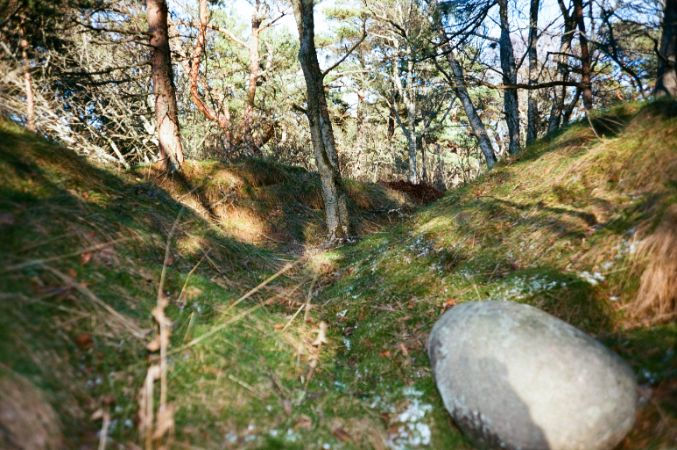
Day 19— The Finnish Military forces were training on the sea. I could see their boats breaking the waves through my window. I heard shots but did not feel afraid or panicked. They brought novelty to my staying at the island, which by that point was already monotonous. I had had a hard time writing since the previous week. The Wikipedia article about the Coronavirus Pandemics sucked my attention. I was refreshing the page every five minutes. It is not like I was worried about the outcomes of the next days; the numbers just sucked me in. Like a black hole that captured my entire field of vision. I check every country that got the virus. My obsession with numbers and countries dates from my early childhood. I used to draw the flags of all nations and keep them in a shoebox. I learned their capital cities and populations, and I was excited to find unusual flag formats, like the Nepalese.
Day 20 — Due to the pandemic, I extended my stay at Örö. The sea brought a dead seal back to the island. It was here a month ago, but the waves took it back. First, it was on the beach in front of the residency’s house. I observed for minutes the restless body that surprisingly was not smelling so severely. The winter temperatures saved it from complete decomposition. Black and white fur used to cover most of the body that now unveils its exposed leather. The belly became transparent due to the impact of the rocks that ripped the surface apart. Through the stomach, I can see most of its orange-coloured digestive organs and intestines. I wondered what happened to the rest of its body. Mainly, I asked myself if it had a fulfilling and happy life, or even if those anthropomorphic concepts could be applied to non-human creatures.
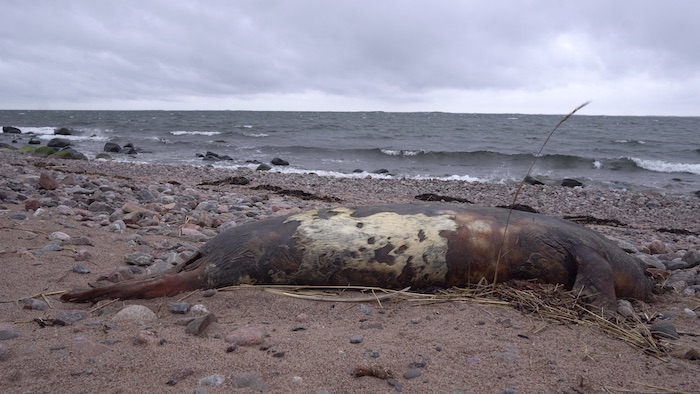
Day 21— The deer are not what they seem
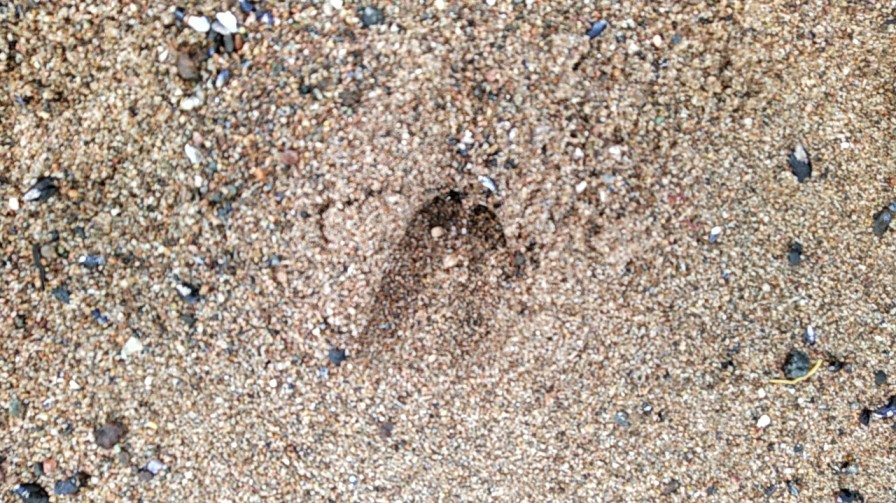
Day 22 — I started thinking about how the forced quarantine requires inventing remote working modalities, and I was already working remotely on the island. We must facilitate new temporalities in the making, by collectively forging cracks to avoid the pervasiveness of work. I chit-chat a lot, as a technique that detours functionality—and faciality. As somebody that avoids frontal conversations with strangers at all costs, my diving on online communities started in IRC (Internet Relay-Chat) channels in the late nineties. These channels focused on a topic or locality, and they became fertile spaces for teenagers looking for some company. While many users used it for online flirting, it was common to spend a whole afternoon just talking about non-useful matters.
Nobody has time for chit-chatting—it is purposeless, it breaks the rhythms of the quotidian life. By purposelessness, I meant it does not have an objective in advance. Sometimes it ends with flirting, on an idea for a paper, or it ends with small talk itself. A random emoji sent to an aleatorily chosen person in WhatsApp of Instagram is a lure for chit-chatting. The most common answer is typical: what does this raccoon emoji MEAN? What is the hidden meaning of this? Why could we not just talk about raccoons or your preferred animals? The understanding that there is a line that separates the so-called serious production of knowledge and chit-chatting must be avoided at any costs. The academic life requires one to write grant applications, publish in top-journals, craft teaching curriculums and evaluations on a tight schedule. The language and the jargons employed in these tasks is usually homogenised, with little to no space for chit-chat playing. Techniques for small talk need urgently to be invented.
My self-isolation started before the most severe measures against COVID were taken. Staying in Örö after four weeks barely changed my chit-chatting routine, as most of it is online. But not only. I met an eagle for the first time. I have seen many of them before but at a certain distance. With the spring, the animals reappeared around the island. I sat on a dead tree on the beach, close to the last known place the dead seal was seen. An eagle came across and sat in front of me. At a few meters of distance, we looked at each other. After a few seconds, it flew away. Chit-chatting is not only spoken or written words. It includes other modalities of expression, communication and sensing that extrapolate typicality.
Day 23 —
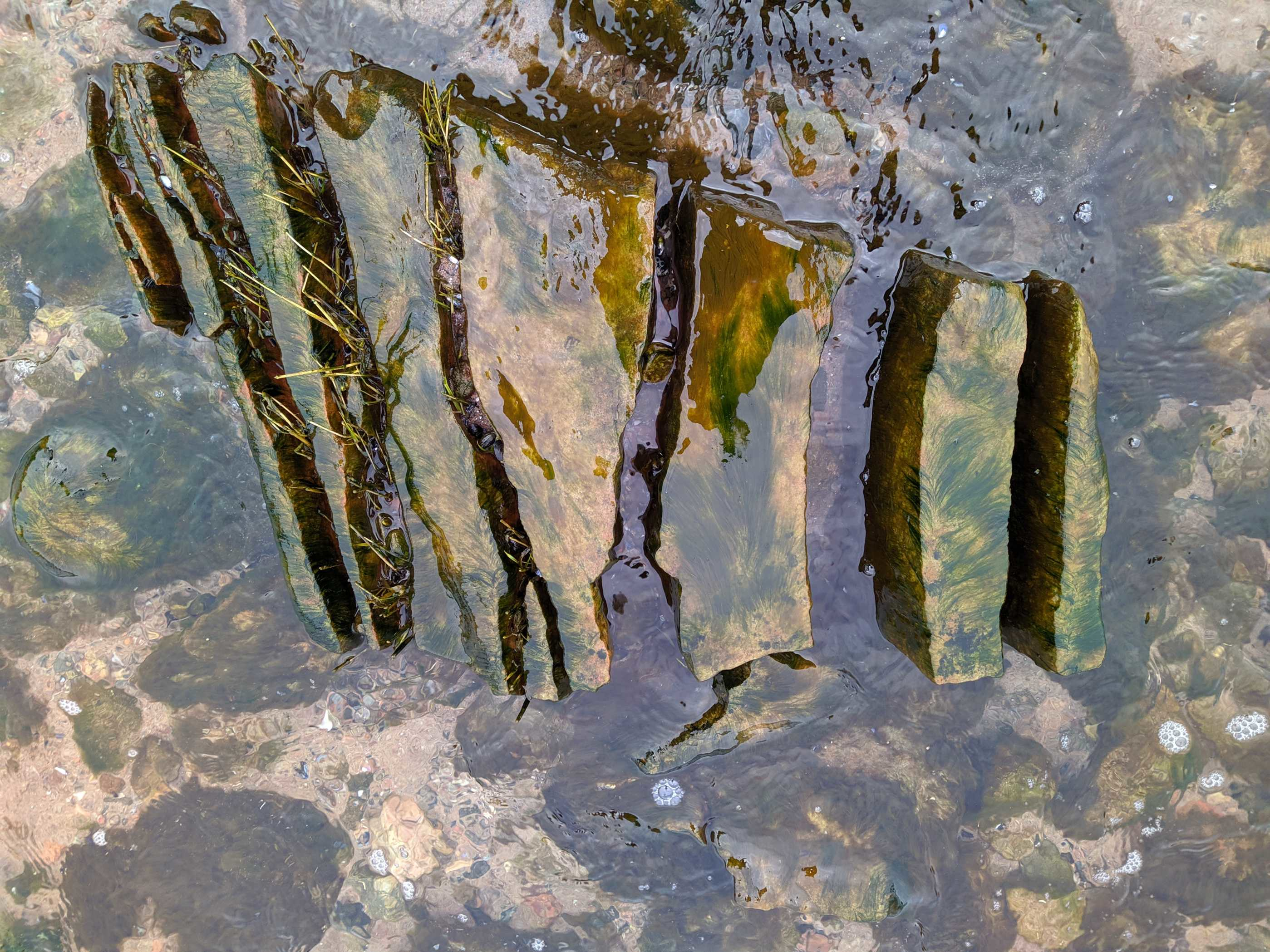
Day 24 — I spent the day trying to forge techniques to background my growing anxiety regarding the pandemic, sitting on a bench on the beach looking for articles. It feels great when you discover a concept that summarises a set of ideas you did not find words to express.
I read about the three components of the academic chronopolitics device. Chronopolitics is “the politics of time governing academic knowledge generation, epistemic entities, and academic lives and careers, as well as academic management processes more broadly speaking” (Felt, 2017, p. 54). According to the author, every new temporal structure implemented in the arena of neoliberal academia brings a new complex system of metrics and evaluation that force-feedbacks the temporal structure itself. They pointed out the three most significant temporal structures recently implemented there. The first is “a quasi-exclusive organisation of research through third-party funded projects” (Felt, 2017, p. 55), or projectification. In practice, it packages the knowledge production into 3-5 year units. During these periods, the researchers or the research institutes must prove the investment was worth it (Felt, 2017), through reporting a certain number of publications in top-journals; otherwise, their chances of getting funded again will sink. The second element follows a similar logic. The “timed careers” (Felt, 2017, p. 56) refer to the short contracts the researchers are offered, or “the number or frequency of articles to be produced in the four year “period of observation” before being able to request tenure” (Felt, 2017, p. 56). In the periods of testing, the young scholar needs to show how much of these metrics they can produce. The short contracts boost the competition between academics in the same environment, but also bring more anxiety to young researchers that already feel insecure. The last element is “performance-based budgeting” (Felt, 2017, p. 56). It refers to a redefinition of the relation between the state and universities (Felt, 2017). The temporality it produces is a yearly system of auto and external evaluation. It happens when “every single academic must “feed the accounting system” with information concerning his/her third-party funding, publications, talks, outreach activities and many more duties performed during a calendar year” (Felt, 2017, p. 56).
After reading that, I felt a strong sensation of failure.
Day 25— Chronopolitics penetrates every single pore of my body. And even when I am in this isolated paradise. It is spooky action at a distance.
One of the first words I learned in Finnish was “kananlihas”. It means to shiver. I shiver a lot on the island, but certainly less than the ordinary amount. While goosebumps can emerge as the embodiment of pleasure, they also manifest in the situation of generalised anxiety. The chronotopic refers not only to the number of evaluable outcomes one produces. It also carries an implicit—sometimes explicit—requirement of typical performativity. For “part of performing these tasks is the ability to communicate in a quick and efficient manner.” (Isaacs, 2020, p. 61). Efficiency, clarity and the concept of rhetoric. I feel I missed something here on the island, even knowing that it is because of extraordinary circumstances. I am working more than normal. Compensating for the lack of performativity by producing quantitative outputs.
Day 26 — The island’s water plant was under maintenance. There will be no running water for the next eight days, in the best-case scenario. The service guys brought us a container with a thousand litres of water for dishwashing and bucket showers.
Day 27 — This island is going through a considerable change. Until this month, there were two permanent residents on the island, plus a seasonal population of maintenance workers and the ORES residents. The opening of a big hotel and other actions of entrepreneurship is bringing dozens of people to live there. It feels weird to be here on the verge of the new activities. Quickly we developed a sense of belonging to the island as if I could say “what are these people doing on MY island?”. I question why that happened so fast.
The concept of belonging always troubled me. I always felt as if I were walking on thin ice. That is the reason why I use the term “belonging” with extreme caution. José Esteban Muñoz (2009) and Lee Edelman (2004) state that queerness is always on the run. The latter affirms that queerness breaks the eschatology of the Child’s futurity. The Western onto-epistemologies establishes a clear entelechy to the human body-minds: living and dying fulfilling a reproductive potential. A radical predicate of queerness would be to not carrying futurity. Muñoz, on the other hand, while praising Edelman’s argument, says there is an urge to build new futurities instead of cancelling them. The only book I brought to Örö tangents the thematic, focusing on cancelling the human future and then freeing this world of our despair. Queerness came into my mind on this day because it is intrinsically connected to neurodiversity, or as the autistic author Melanie Yergeau says, neuroqueerness, the impossibility of identifying/belonging to strict gender identities many of us neurodiverse embody.
Day 28 — Last look into the radar tower—for a while

Day 29— The measures against the coronavirus pandemics have already affected this island, especially regarding transportation. The situation made me feel stressed and anxious. If I decided to leave, I would be able to return during April. On the other hand, if I did not leave, I could get stuck at Örö without a guaranteed medicine supply.
Day 30— slow-not-slow
Trying to catch the eagles and reach other levels of interspecific entanglement. Leaving—obsessed with washing hands. It is weird to be back in Helsinki, going to the supermarket and finding so much variety. After being used to shopping only with the small selection available at the Käsnäs shop, I realised I do not need many of those things.
Bibliography
Boss, S. (2018). Tuning the Ear – Exploring Conditions and Conceptions of Hearing. PhD Dissertation submitted to the Faculty of Arts, Aarhus University. Retrieved from http://sandraboss.dk/wp-content/uploads/2019/02/Tuning-the-Ear.pdf
Braidotti, R. (2019). A Theoretical Framework for the Critical Posthumanities. Theory, Culture & Society, 36(6), 31–61. https://doi.org/10.1177/0263276418771486
Brownlow, C. (2010). Re-presenting Autism: The Construction of ‘NT Syndrome.’ Journal of Medical Humanities, 31(3), 243–255. https://doi.org/10.1007/s10912-010-9114-4
Carter, A., Catania, T., Schmitt, S., & Swenson, A. (2017). Bodyminds like ours: An autoethnographic analysis of graduate school, disability, and the politics of disclosure. Negotiating Disability: Disclosure and Higher Education, 95-113. Ann Arbor: University of Michigan Press.
Döbereiner, L. (2019). The Research Catalogue Exposition as a Digital Object. Artistic Research: Charting a Field in Expansion (2019): 46.
Edelman, L. (2004). No future: Queer theory and the death drive. Durham: Duke University Press.
Ellis, C. (2004). The Ethnographic I. Walnut Creek: AltaMira Press, 2004.
Felt, U. (2017). Under the Shadow of Time: Where Indicators and Academic Values Meet. Engaging Science, Technology, and Society, 3, 53. https://doi.org/10.17351/ests2017.109
Haraway, D. (2008). When species meet. Minneapolis and London: The University of Minnesota Press.
Hufvudstadsbladet, 16.12.1923, no. 343, p. 13. https://digi.kansalliskirjasto.fi/sanomalehti/binding/1396497?page=13. National Library’s Digital Collections
Isaacs, D. (2020). ‘I Don’t Have Time For This’: Stuttering and the Politics of University Time. Scandinavian Journal of Disability Research, 22(1), 58–67. https://doi.org/10.16993/sjdr.601
Johnson, H. (2018). Islands of design: Reshaping land, sea and space. Area, 52(1), 23–29. https://doi.org/10.1111/area.12477
Leong, D. (2012). Thinking through the body – a multimodal perspective from autism.
Mäkelä, M; Nimkulrat, N (2011): Reflection and documentation in practice-led design research. Proceedings of Nordes 11: Making Design Matter. 4th Nordic Design Research Conference, Helsinki, Finland, 29th-31st May, 120–128.
MacCormark, P. (2020). The Ahuman Manifesto: Activism for the end of the anthropocene. London: Bloomsbury.
Muñoz, J. E. (2009). Cruising Utopia: The Then and There of Queer Futurity. New York: NYU Press.
Stengers, I. (2017). Another science is possible: a manifesto for slow science. Cambridge, UK: Polity.
Todd, J. D. (2020). Experiencing and embodying anxiety in spaces of academia and social research. Gender, Place & Culture, 1–22. https://doi.org/10.1080/0966369x.2020.1727862
Trento, F.B. (2020). Kelp Spillages. In: Cahoon, N; Methi, H; Wolfsberger A. (ed.). The Kelp Congress, 84–90. Svolvær: NNKS Press.
Ulmer, J. B. (2017). Writing Slow Ontology. Qualitative Inquiry, 23(3), 201–211. https://doi.org/10.1177/1077800416643994
Ulmer, J. B. (2018). Minor gestures: slow writing and everyday photography. Qualitative Research in Psychology, 15(2–3), 317–322. https://doi.org/10.1080/14780887.2018.1430016